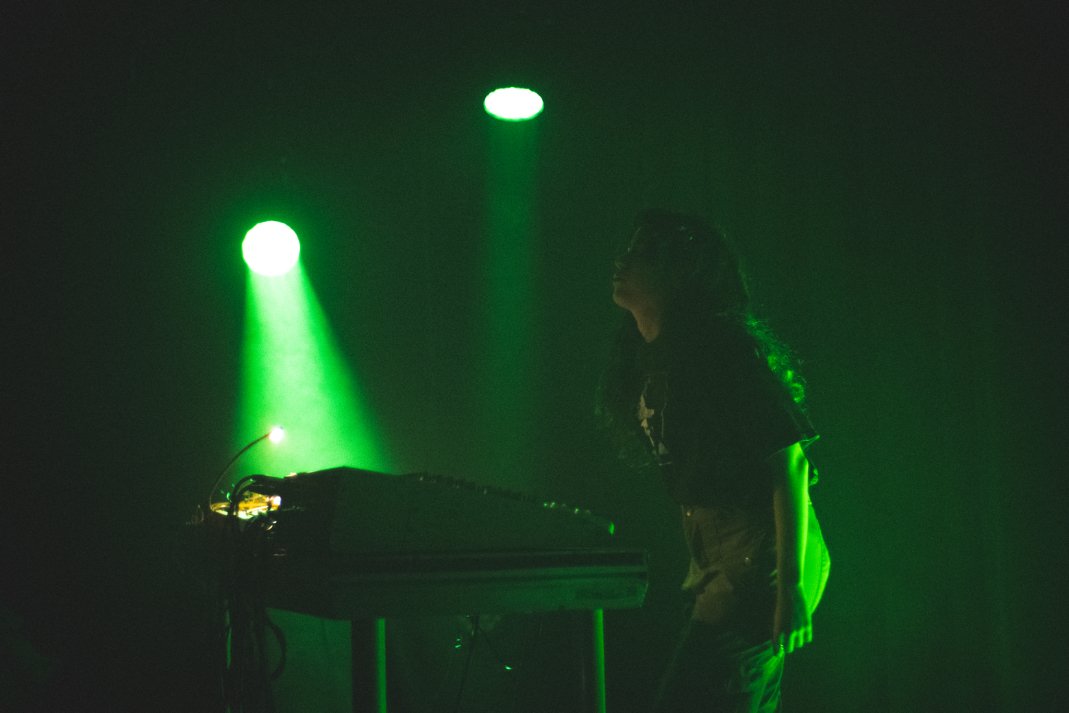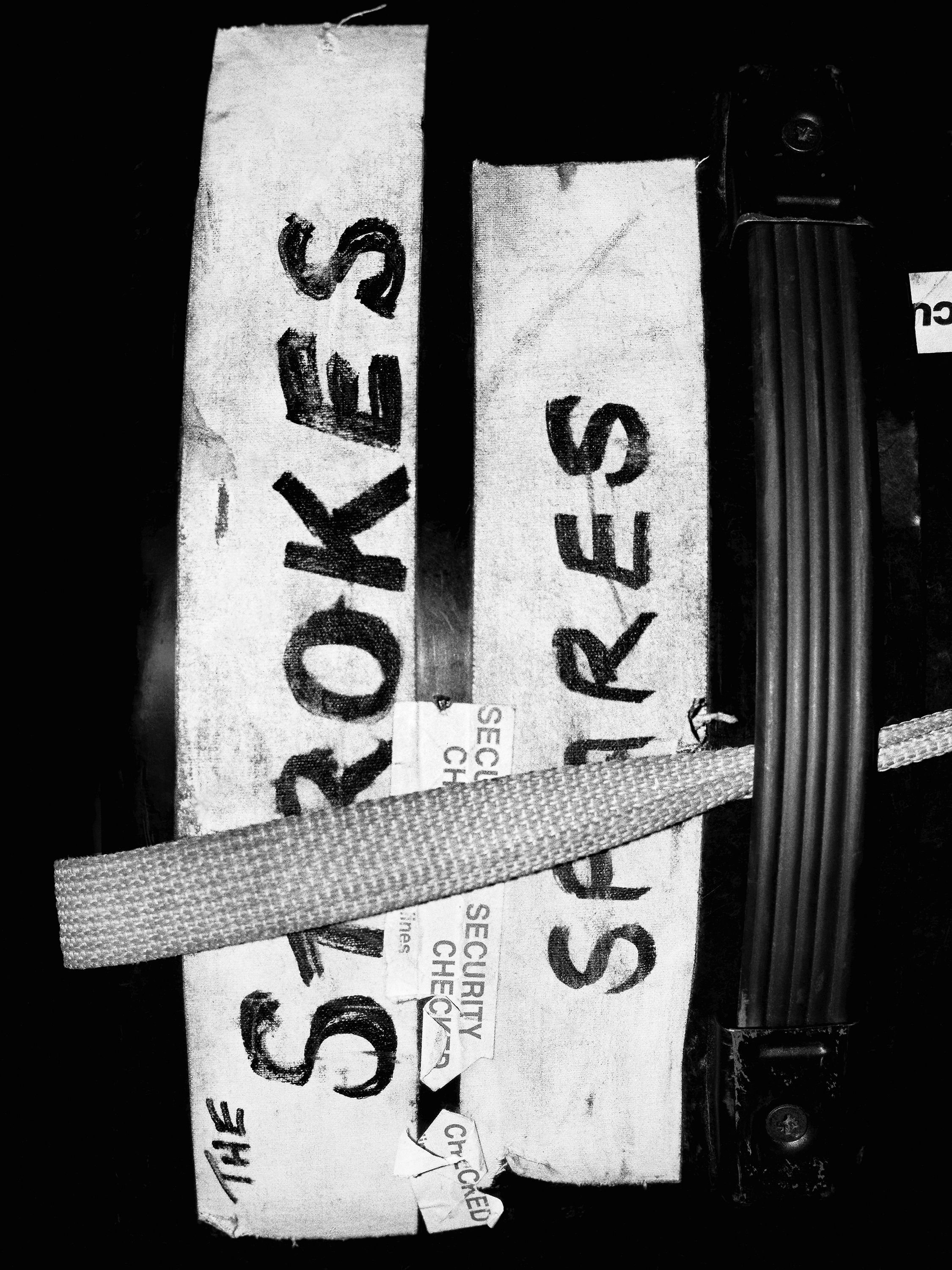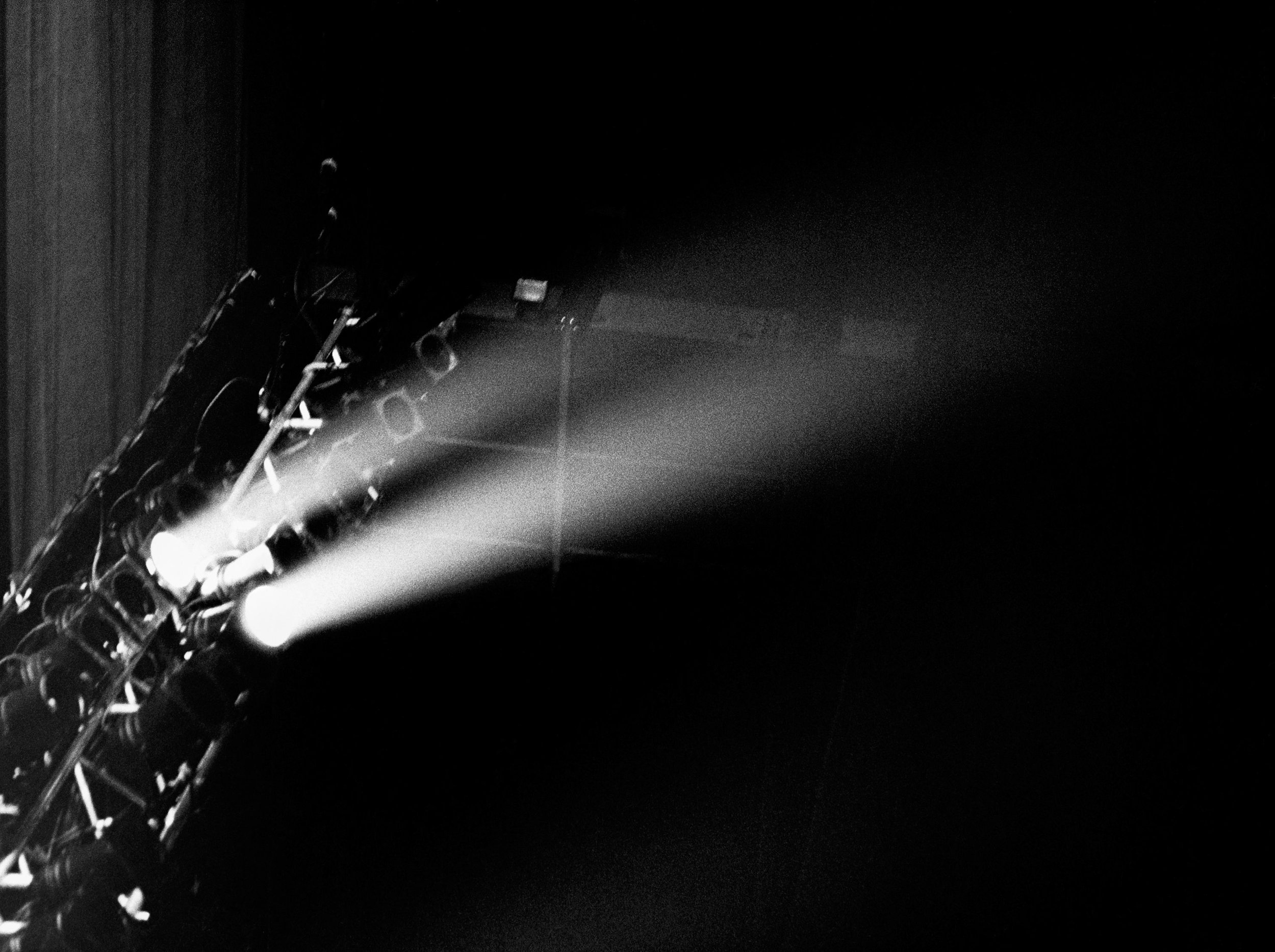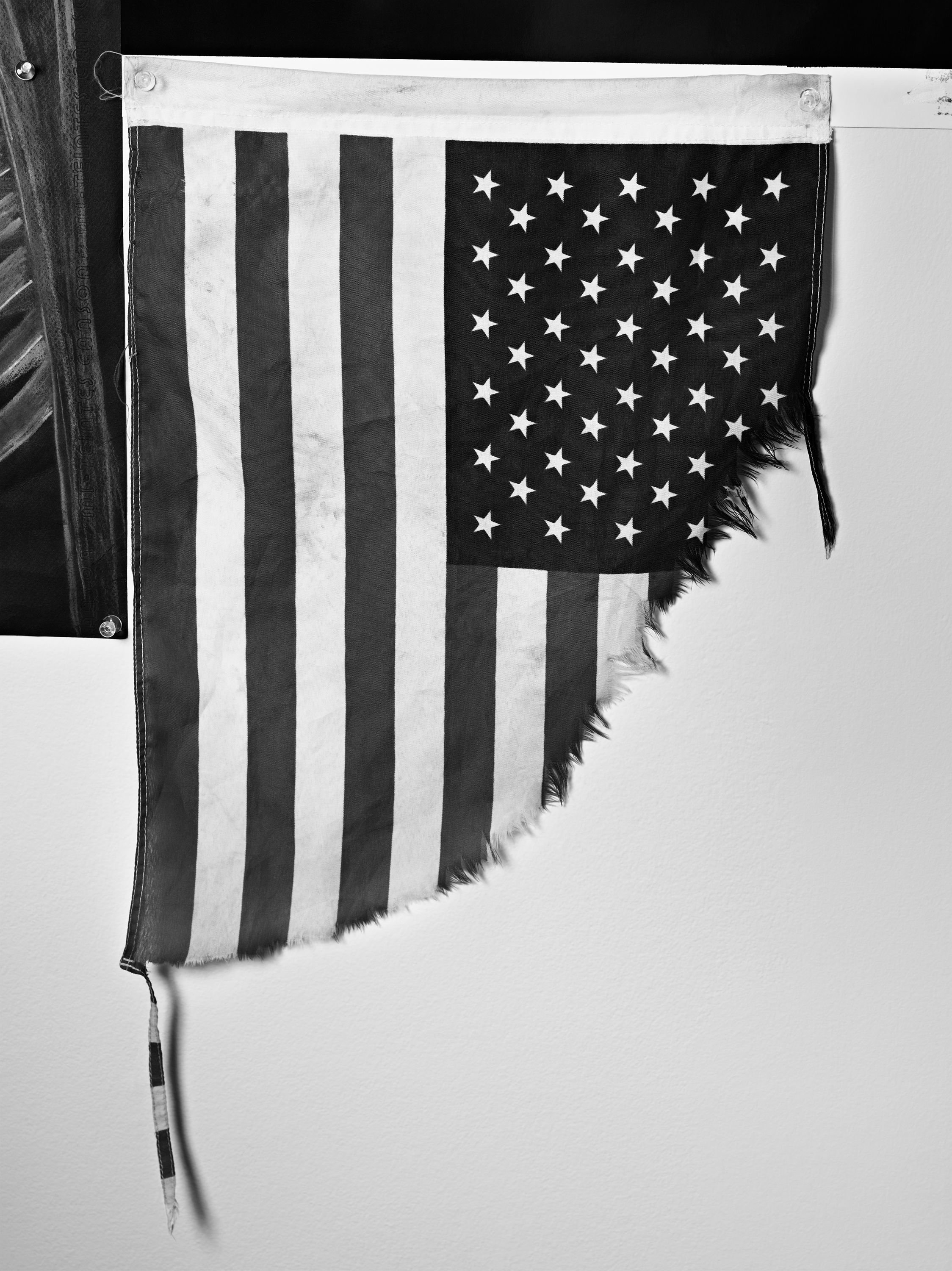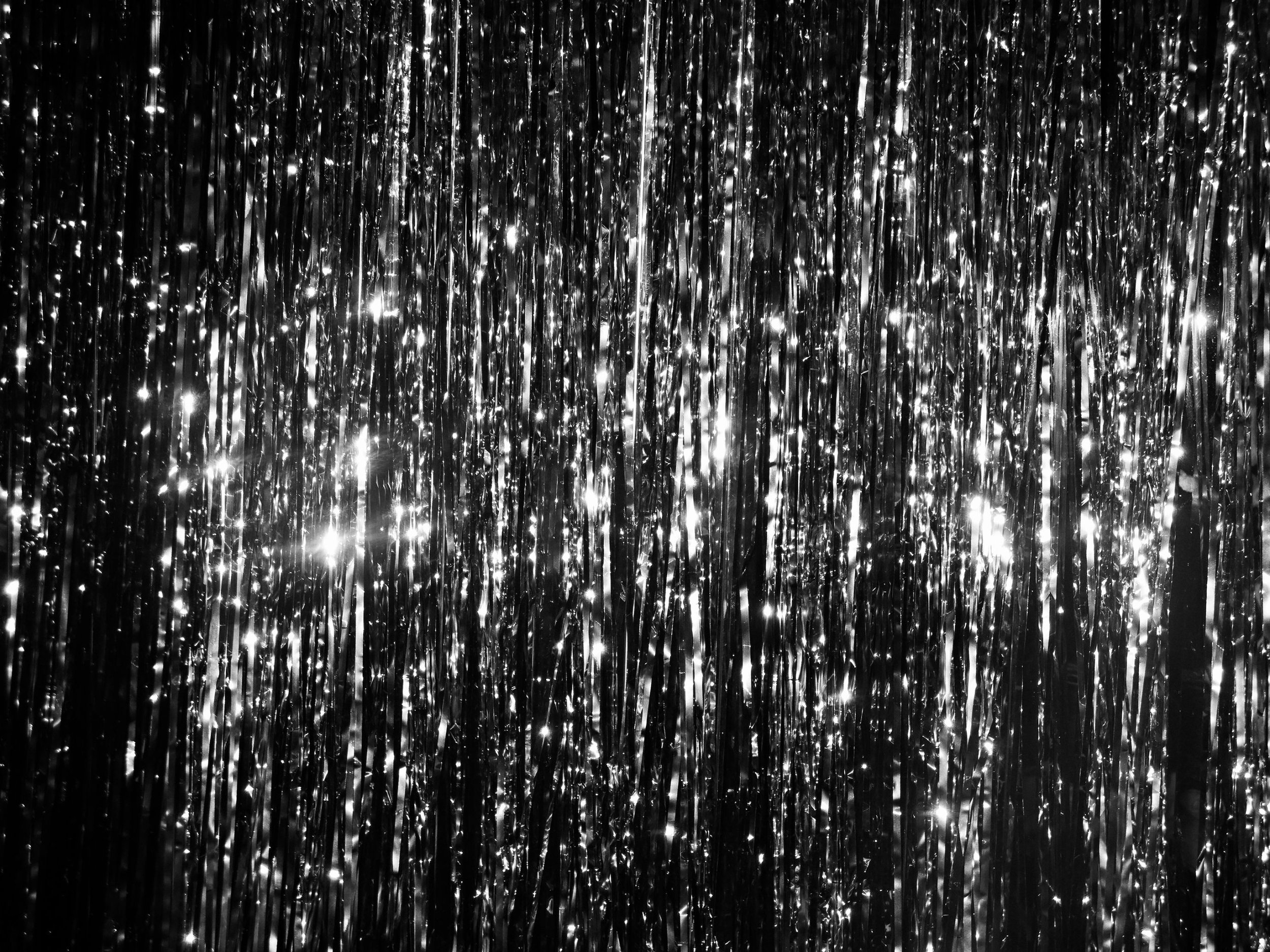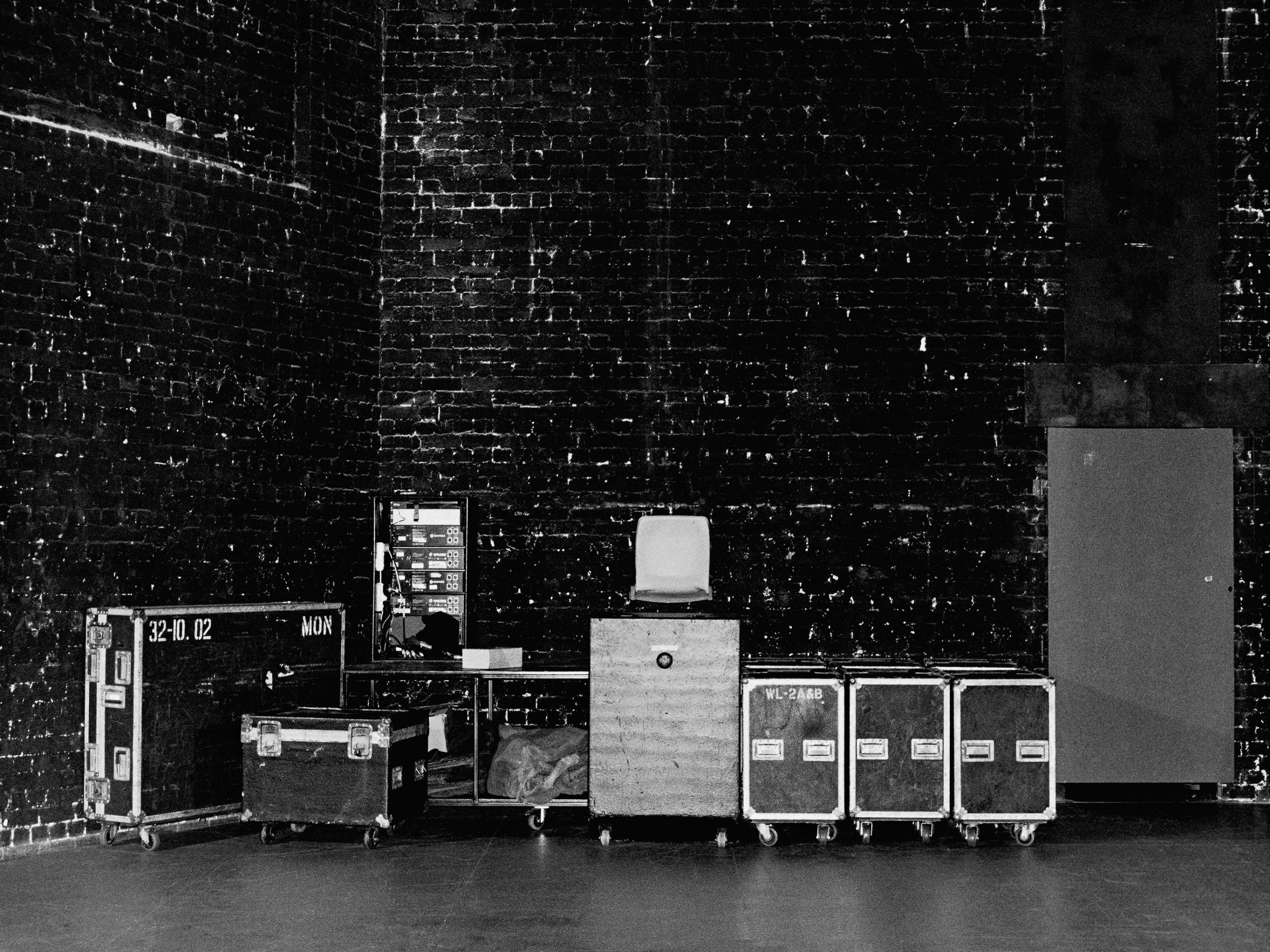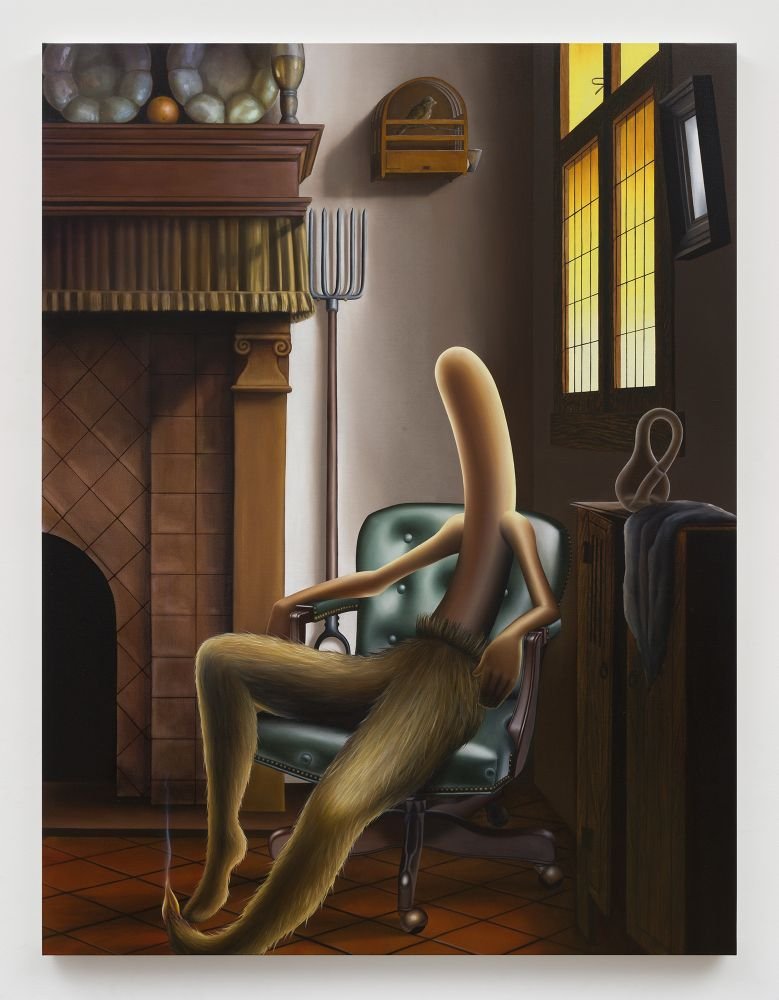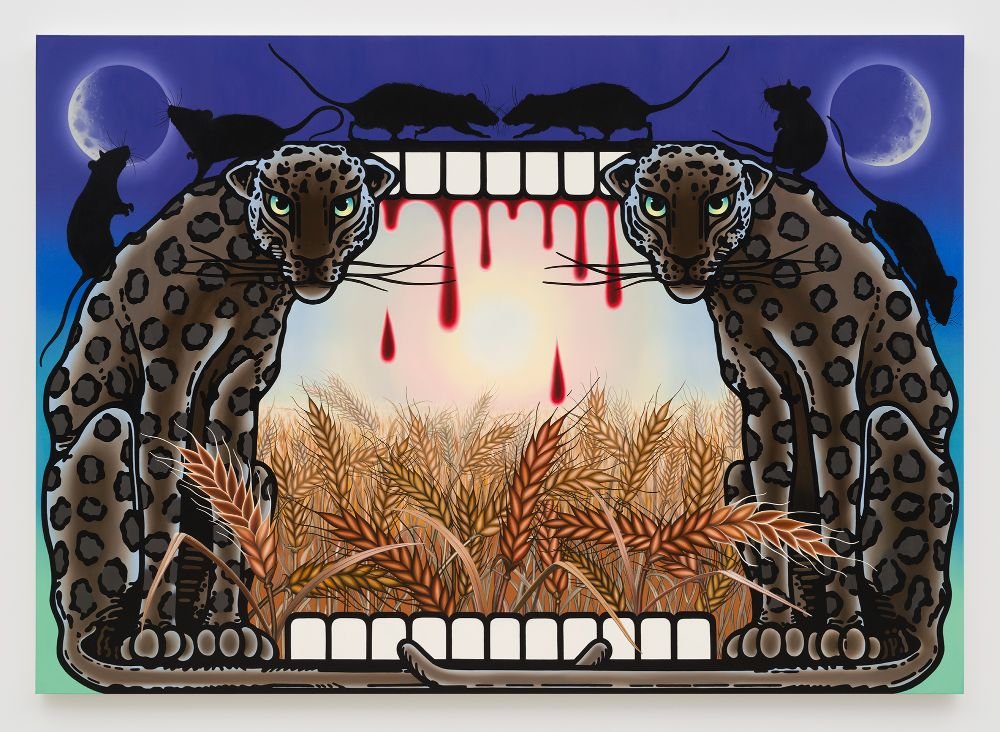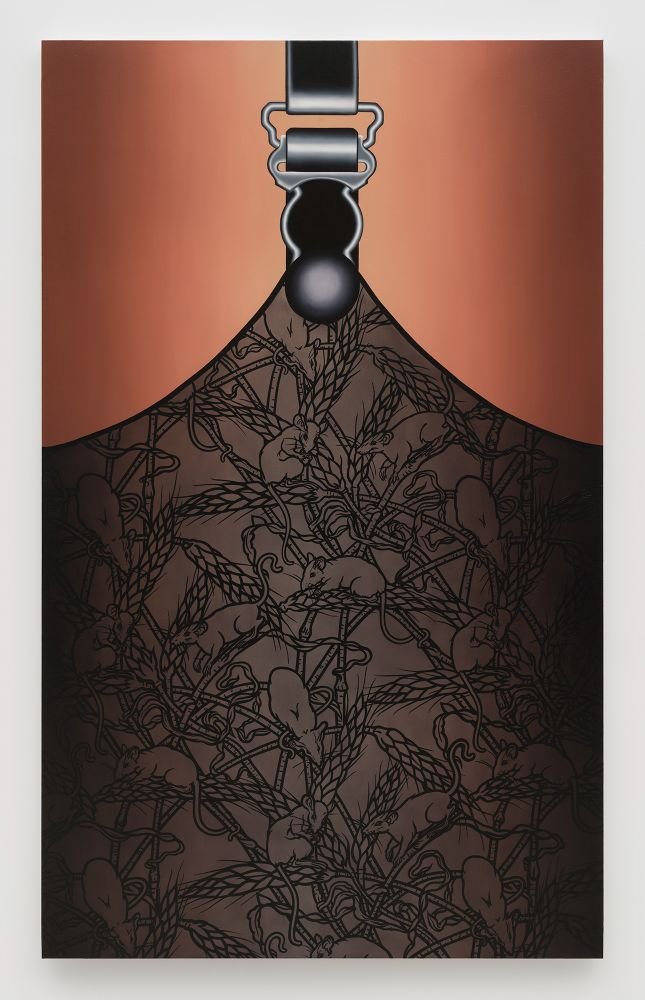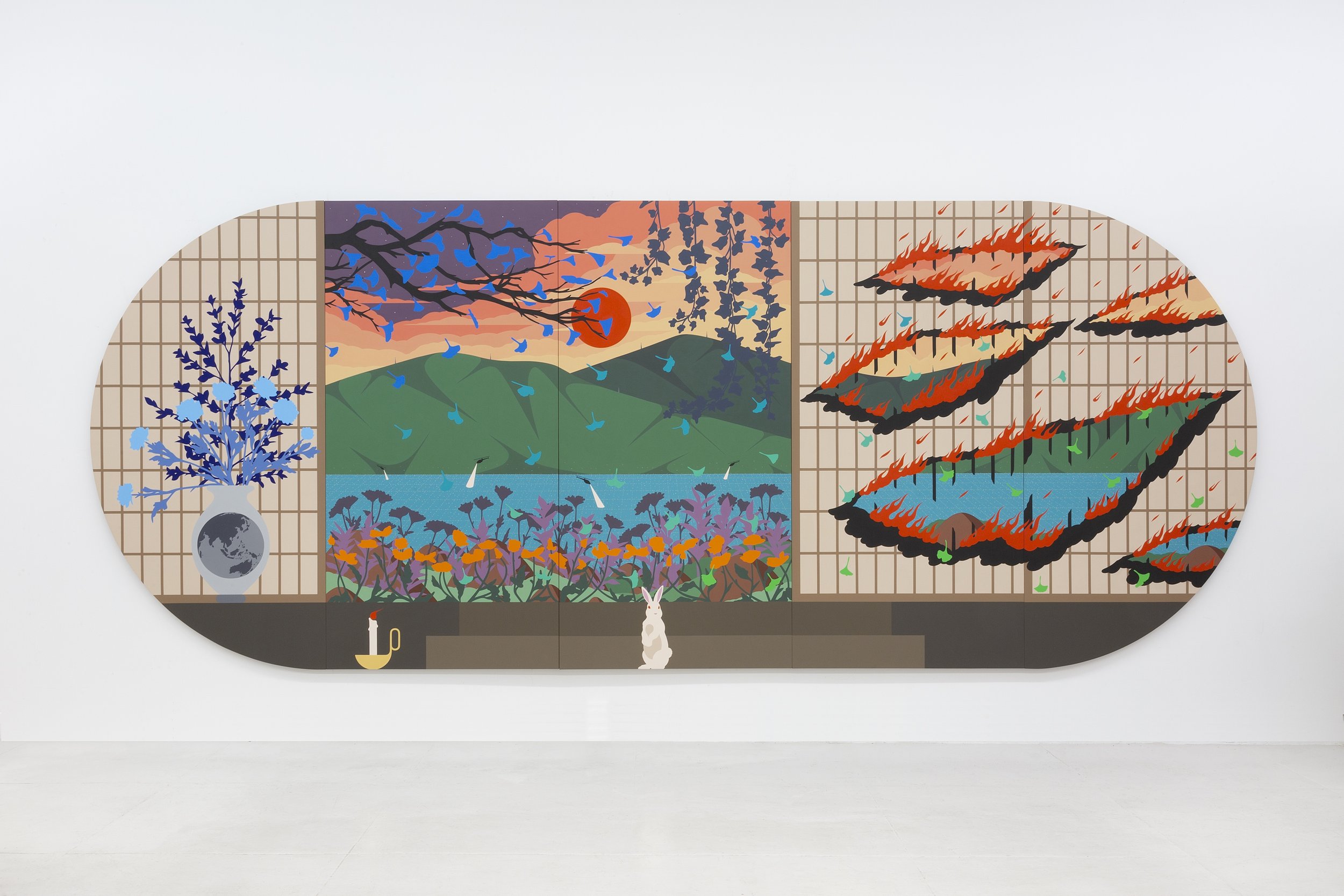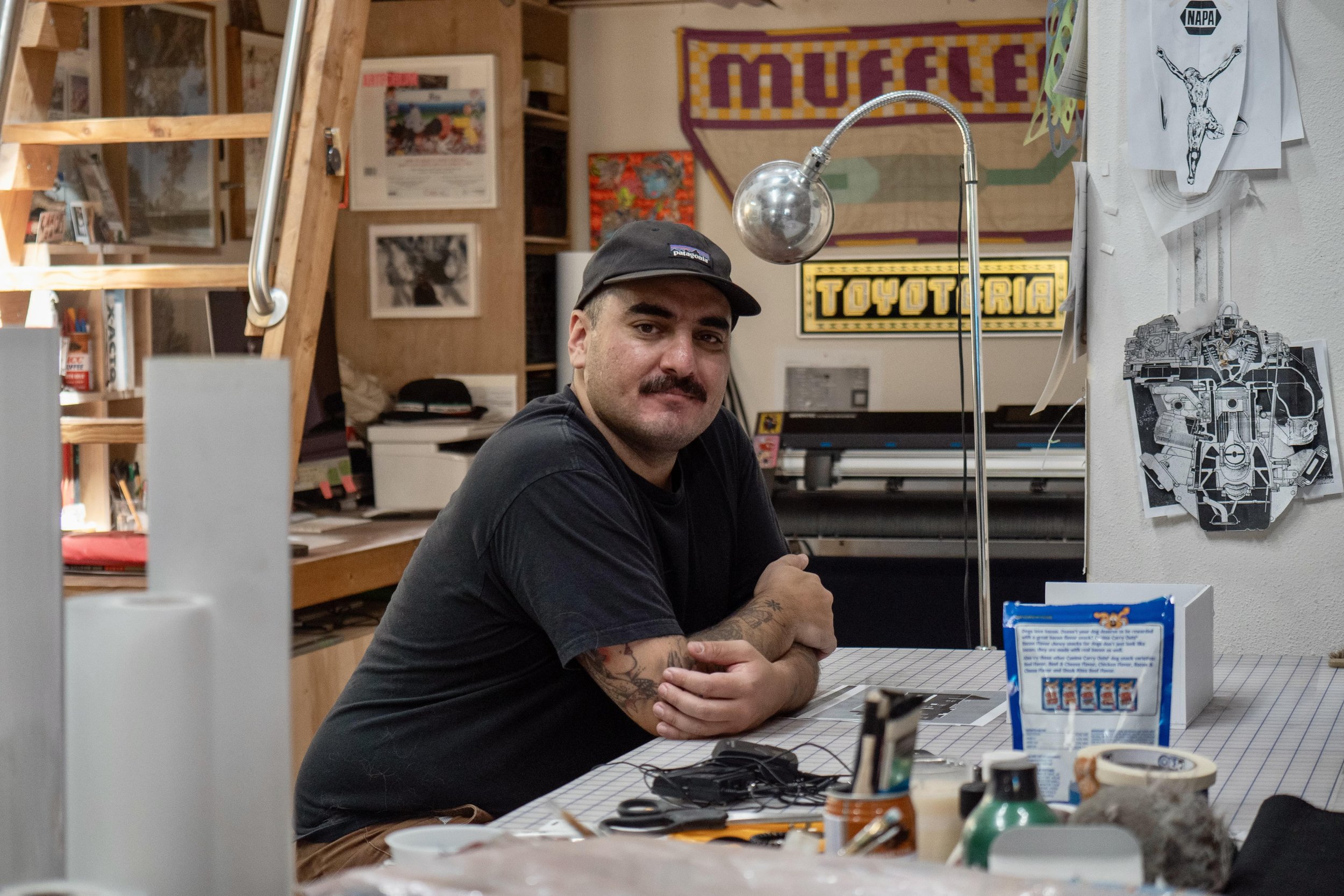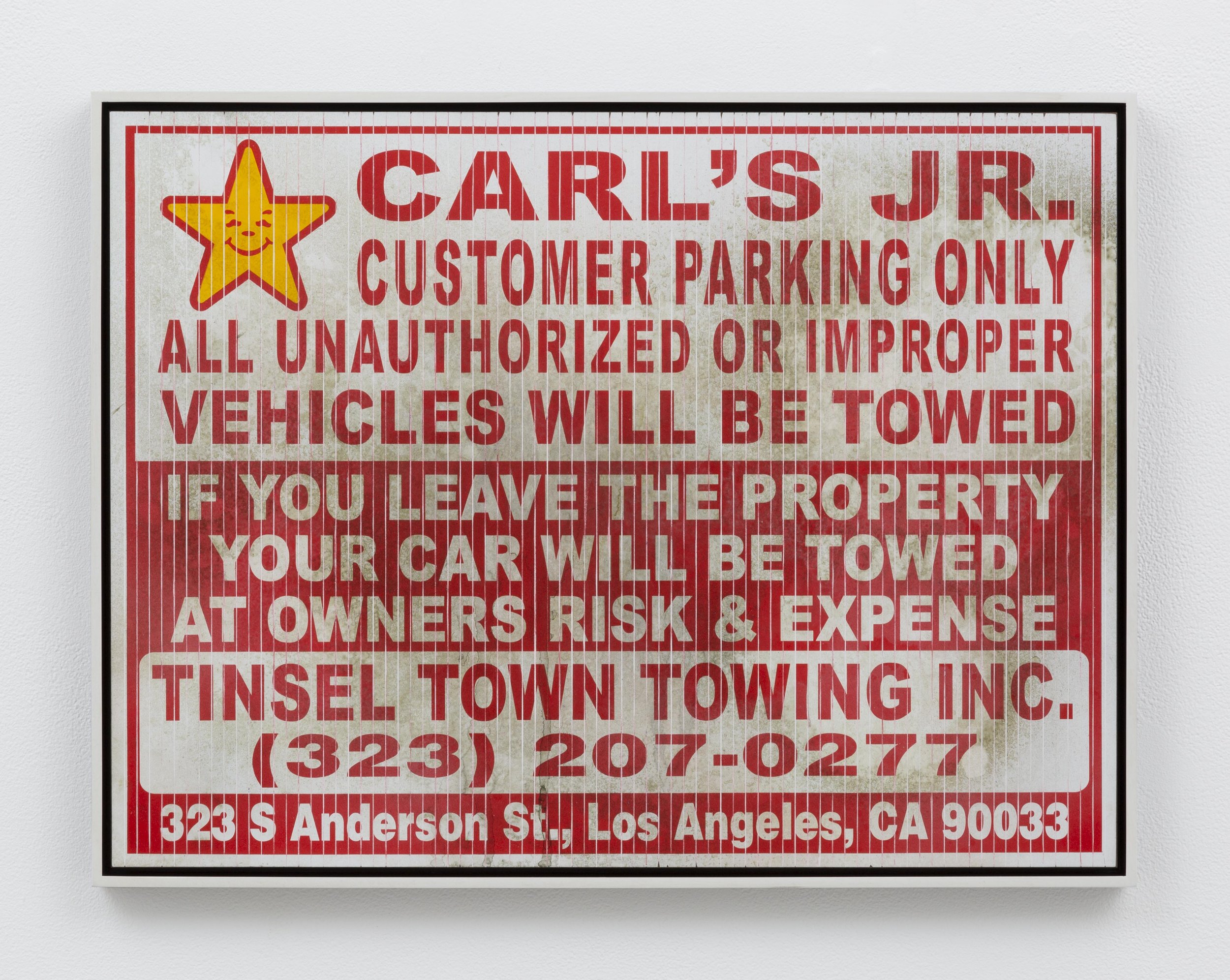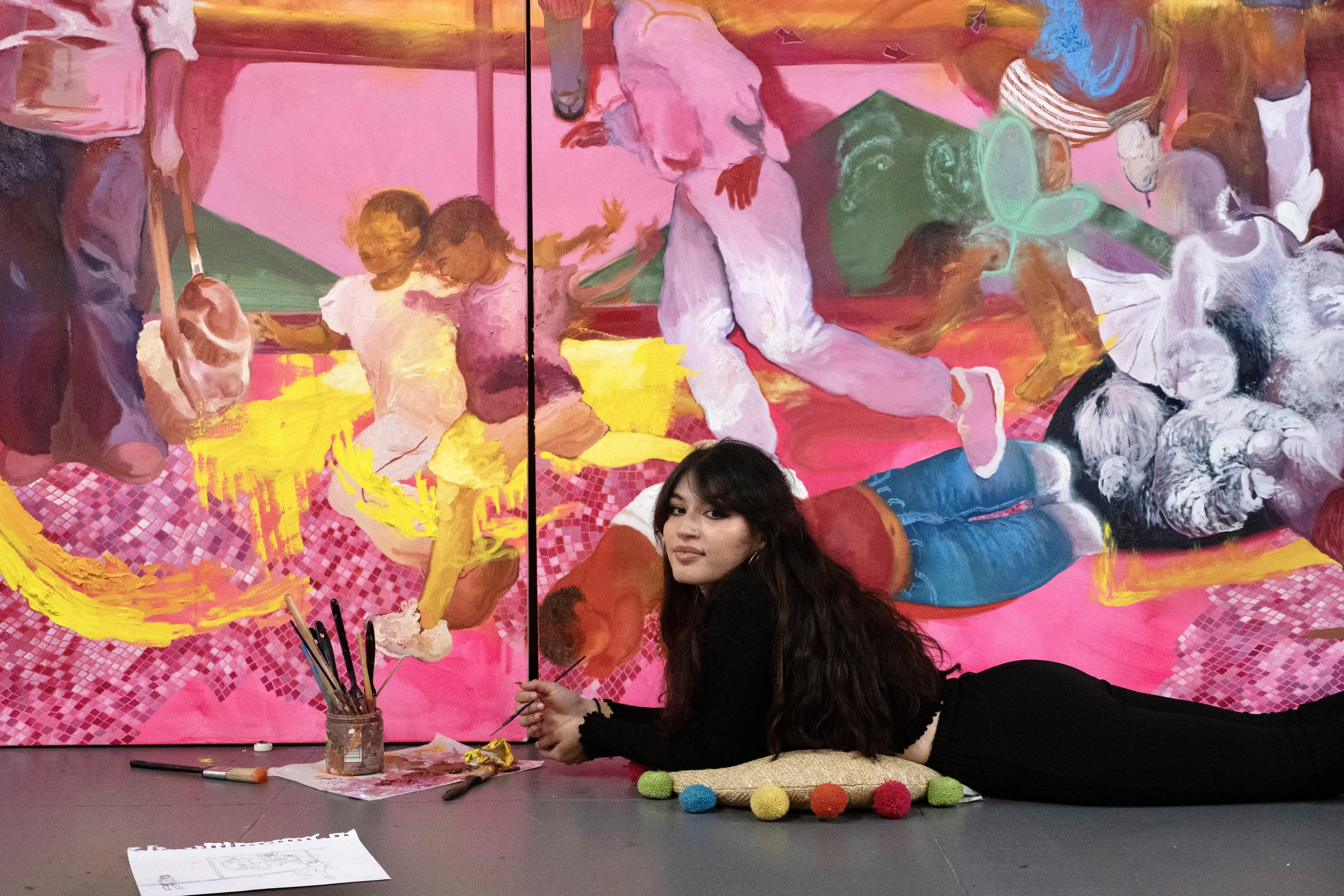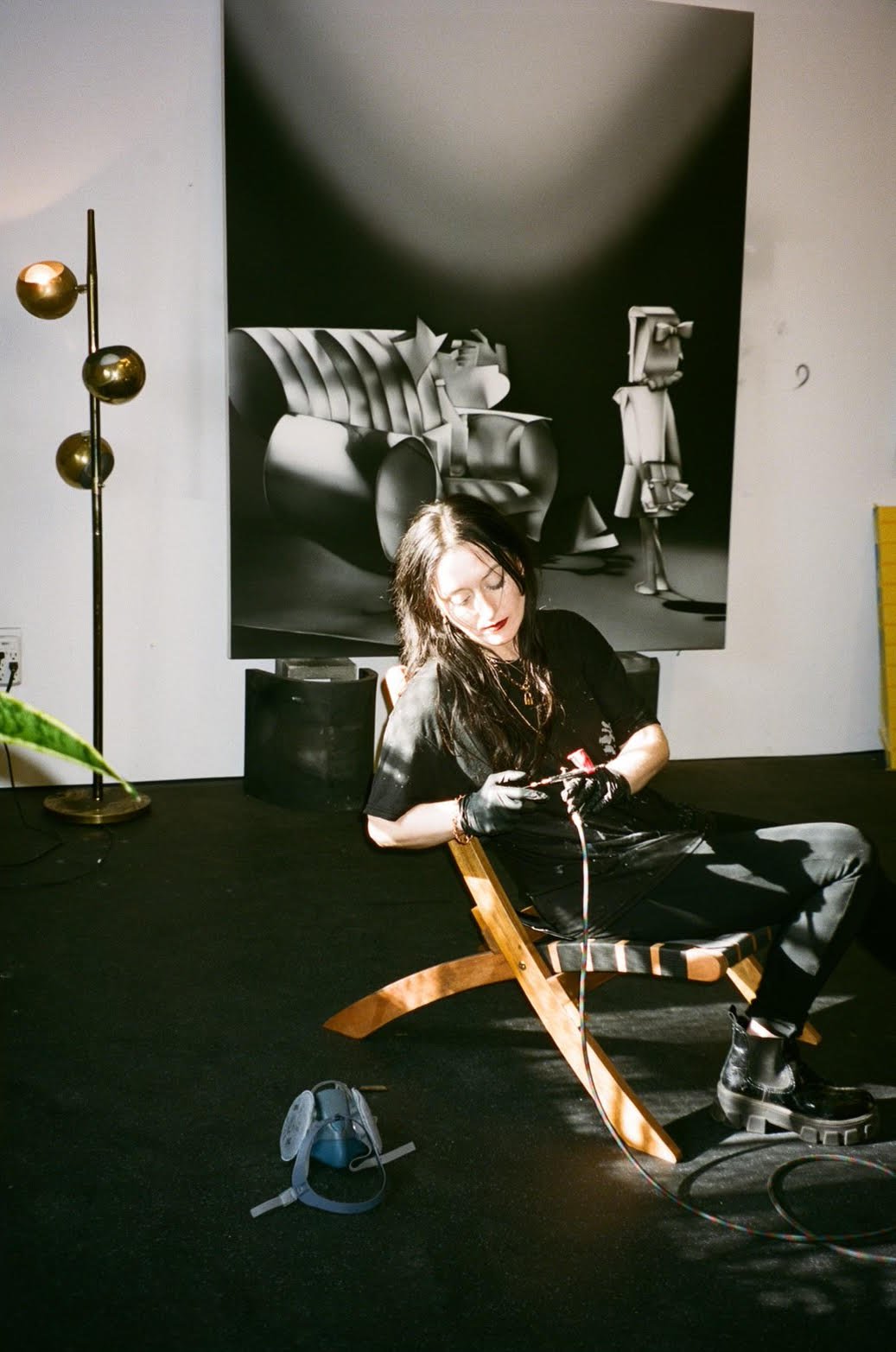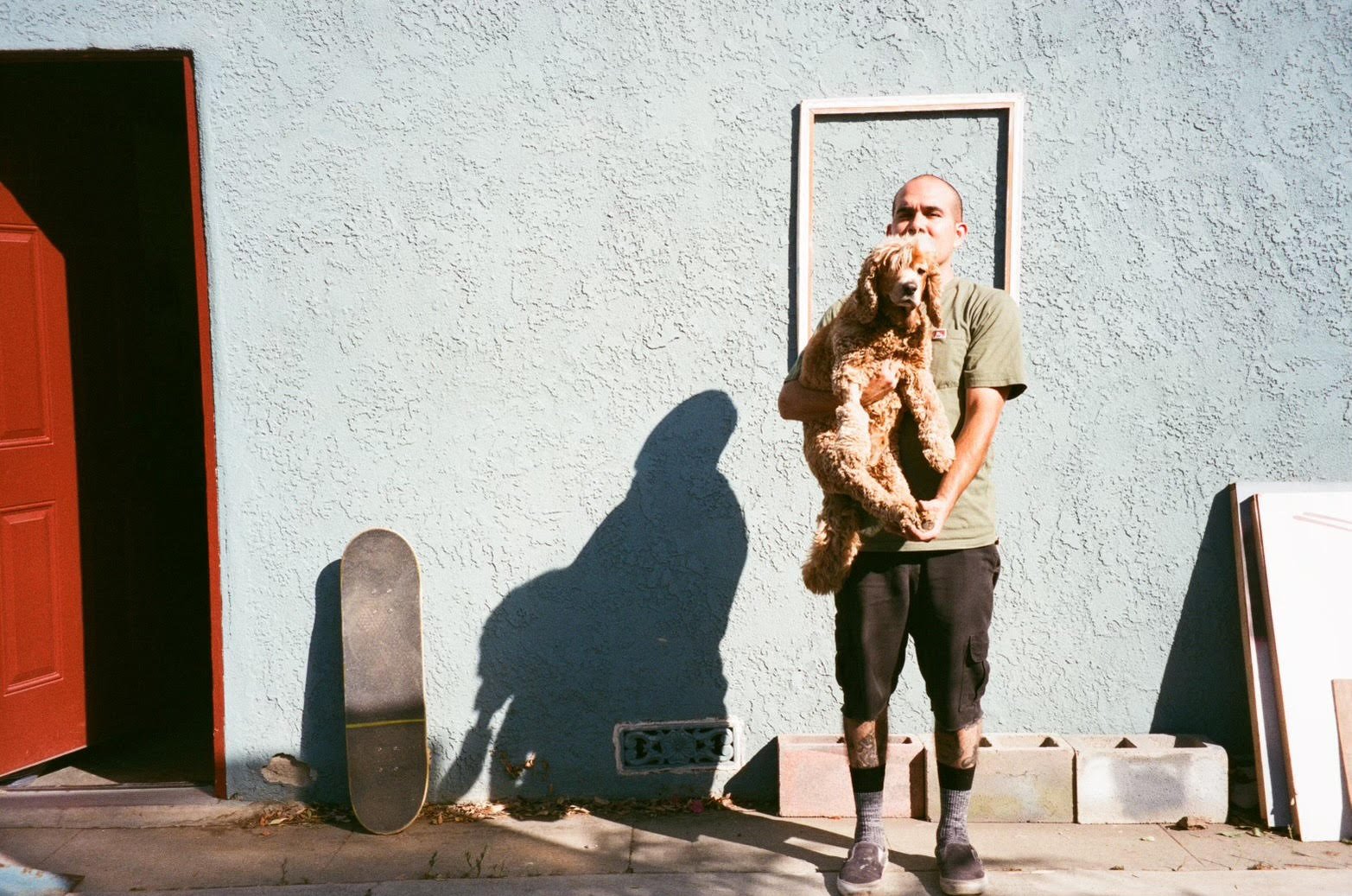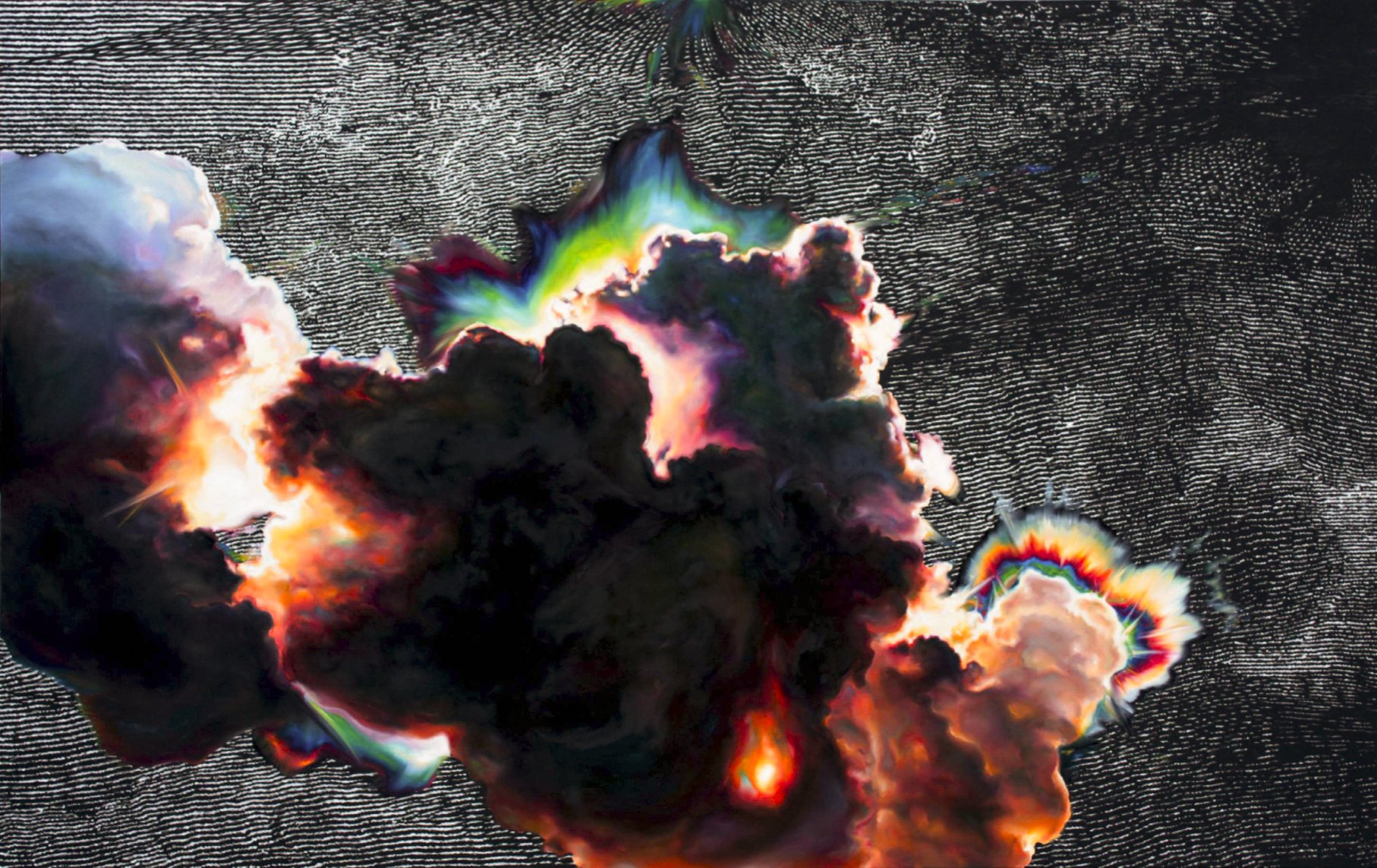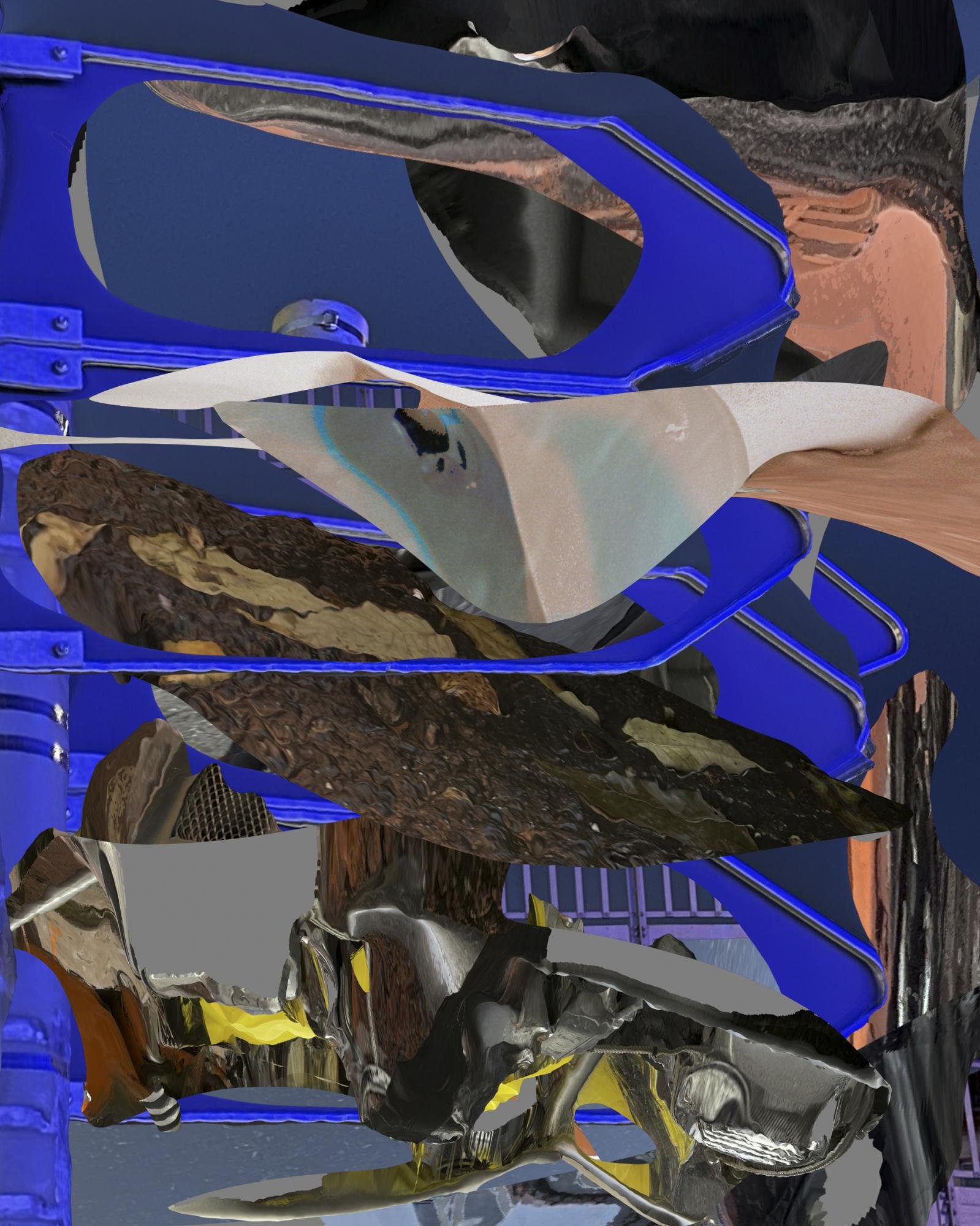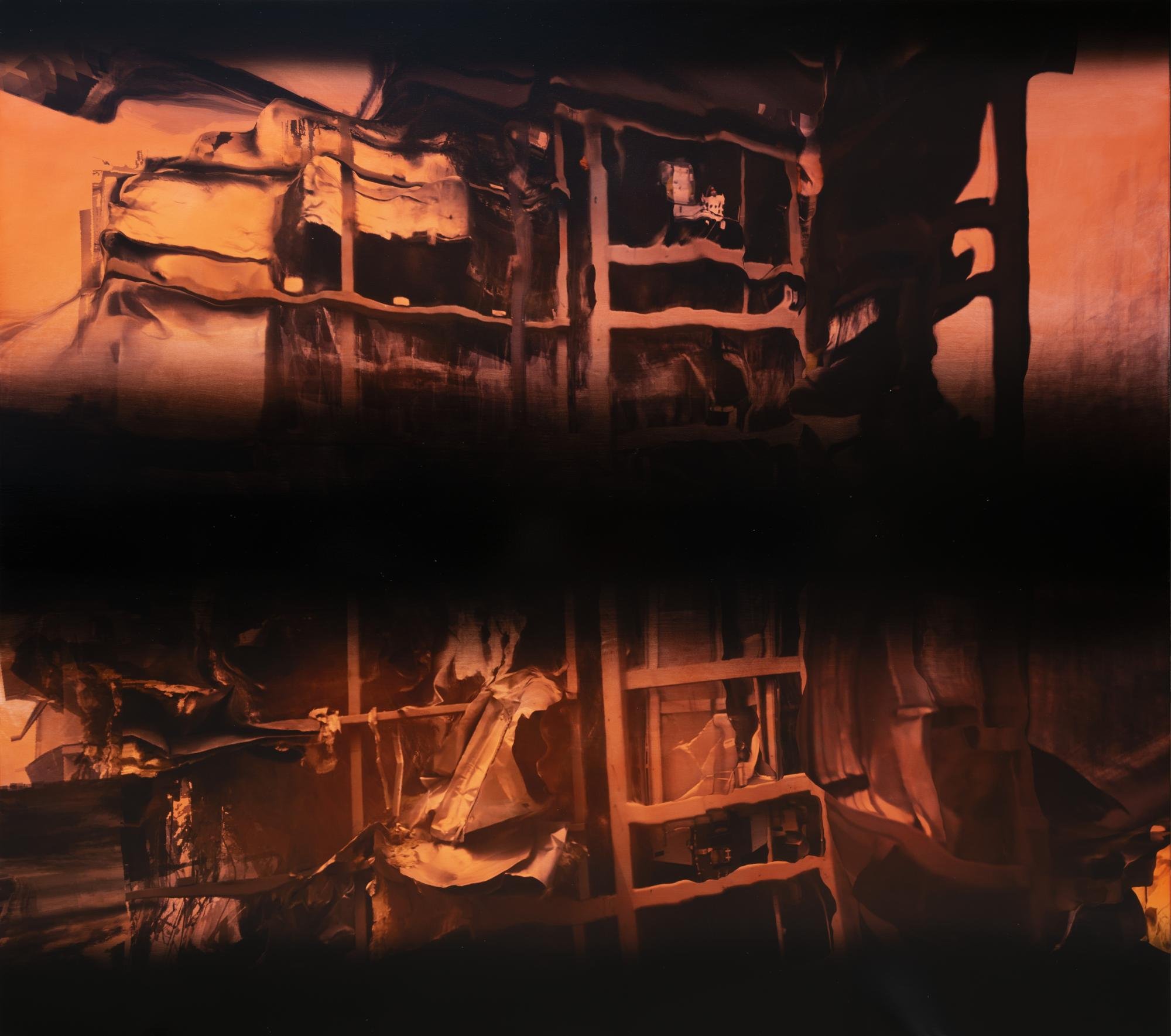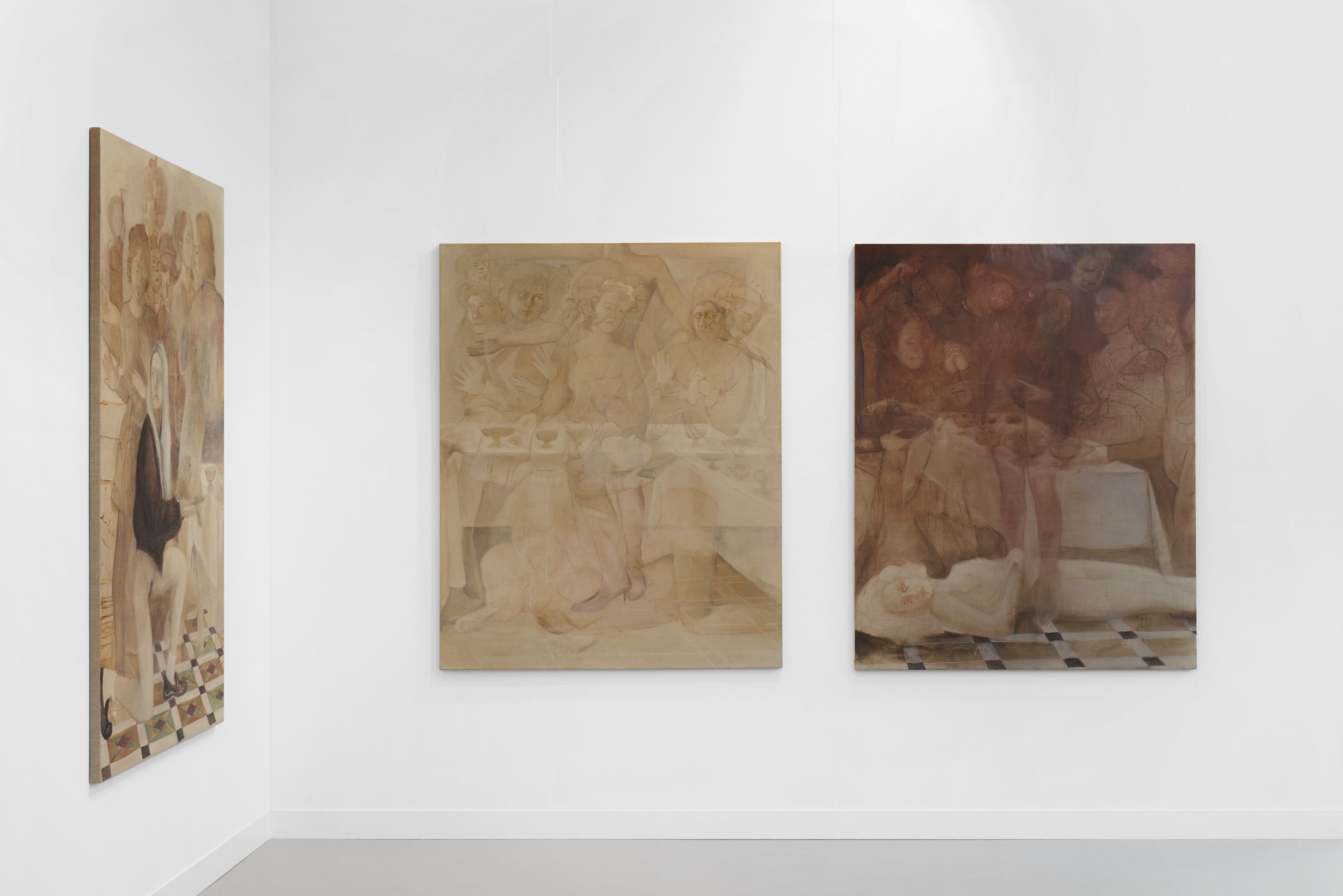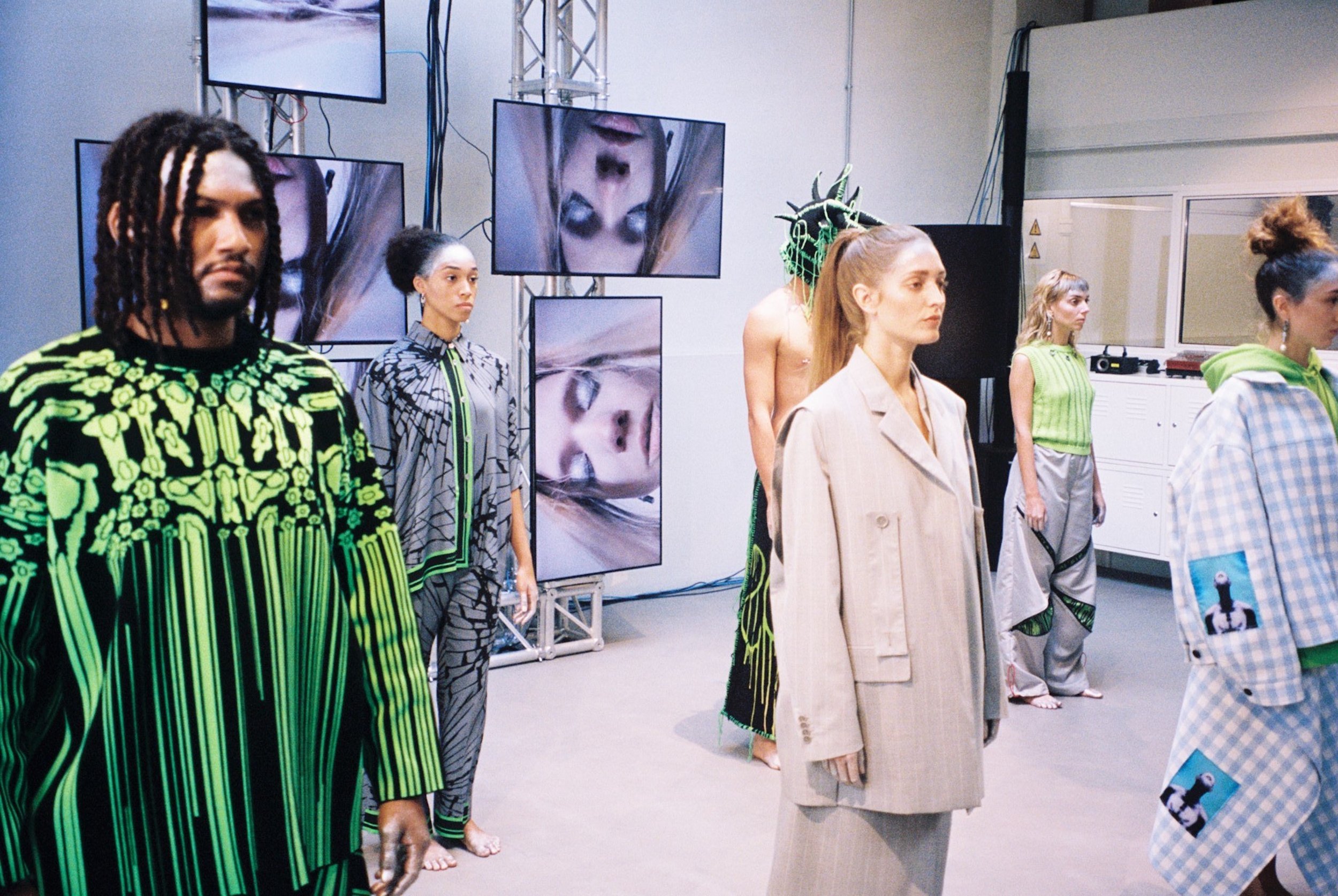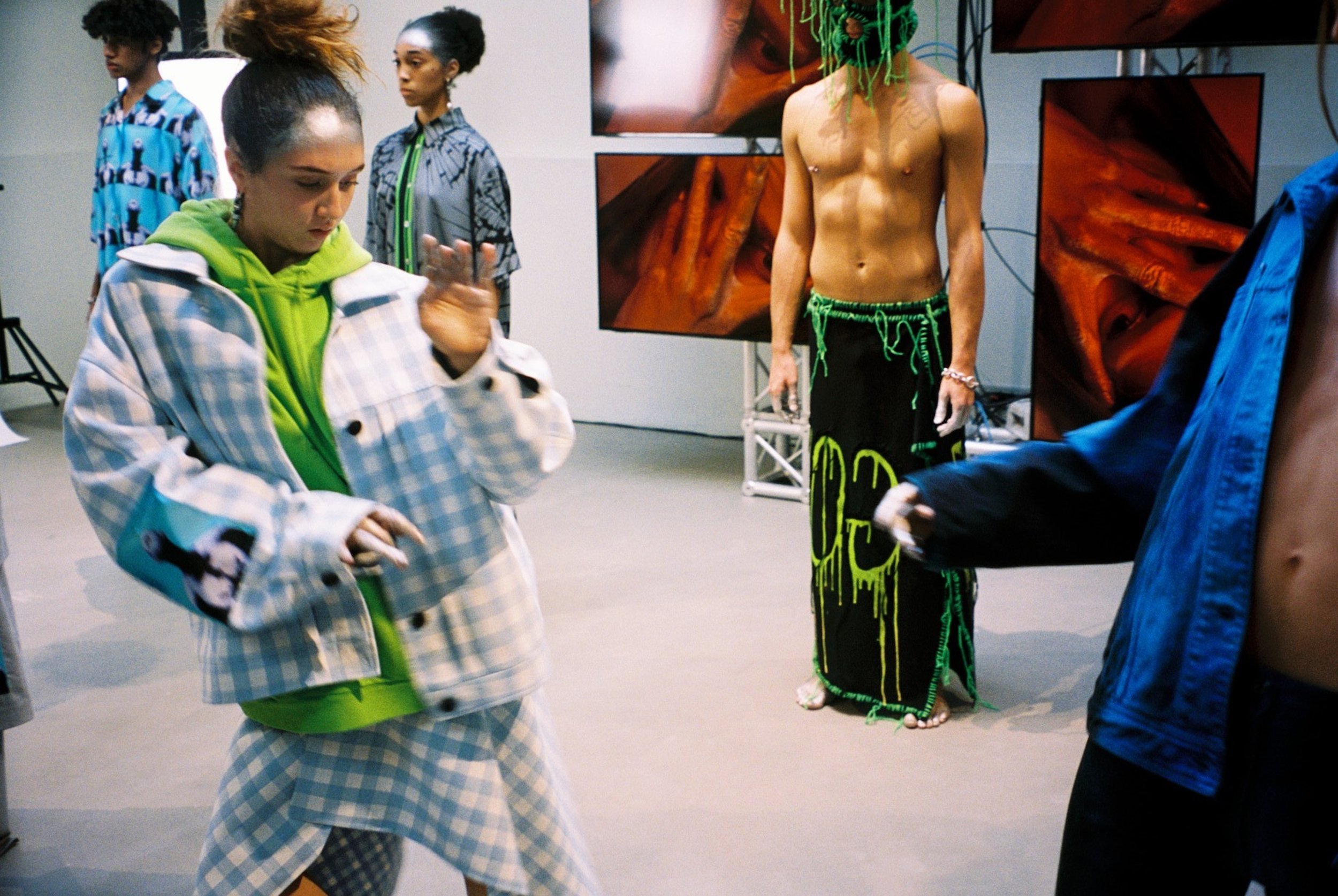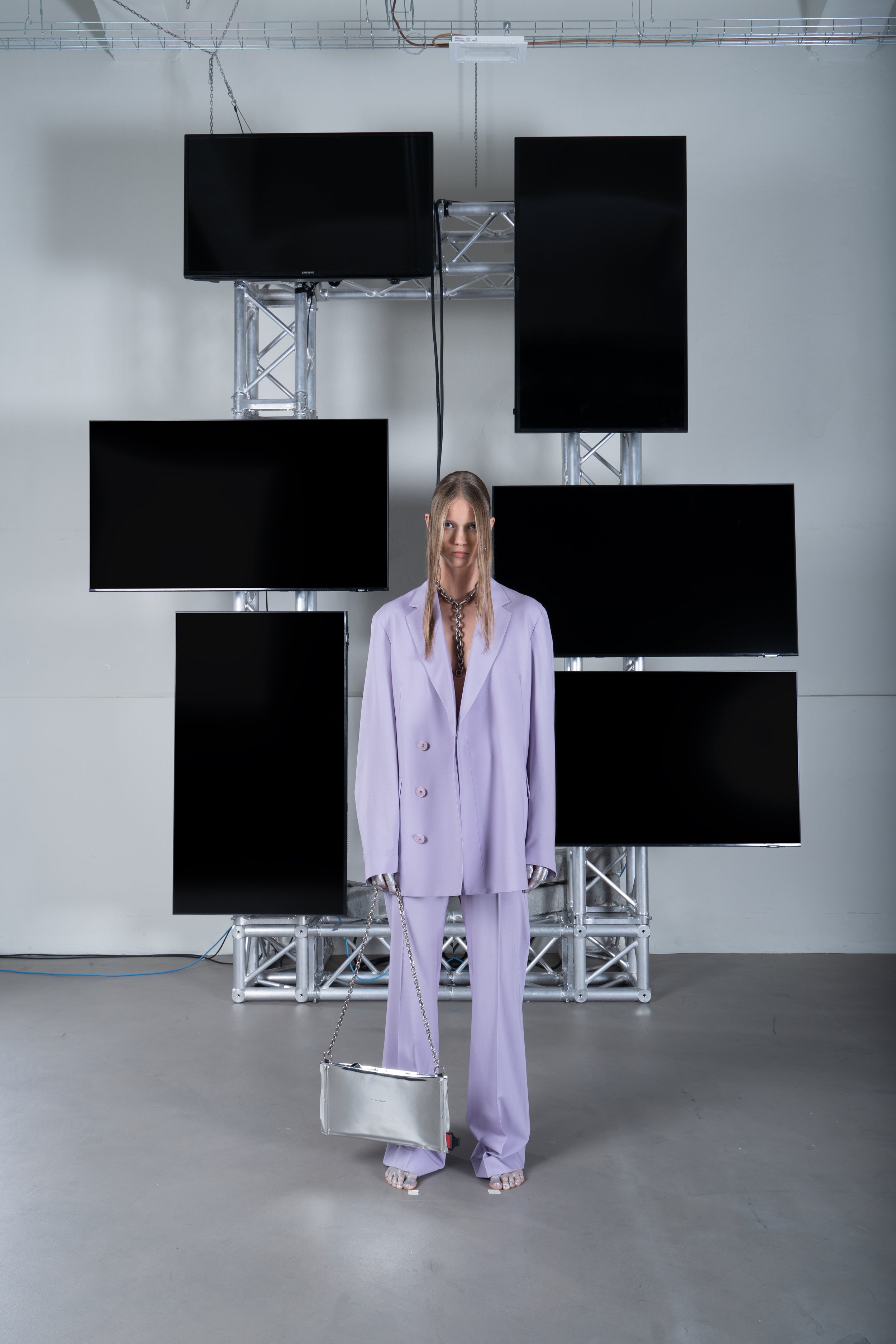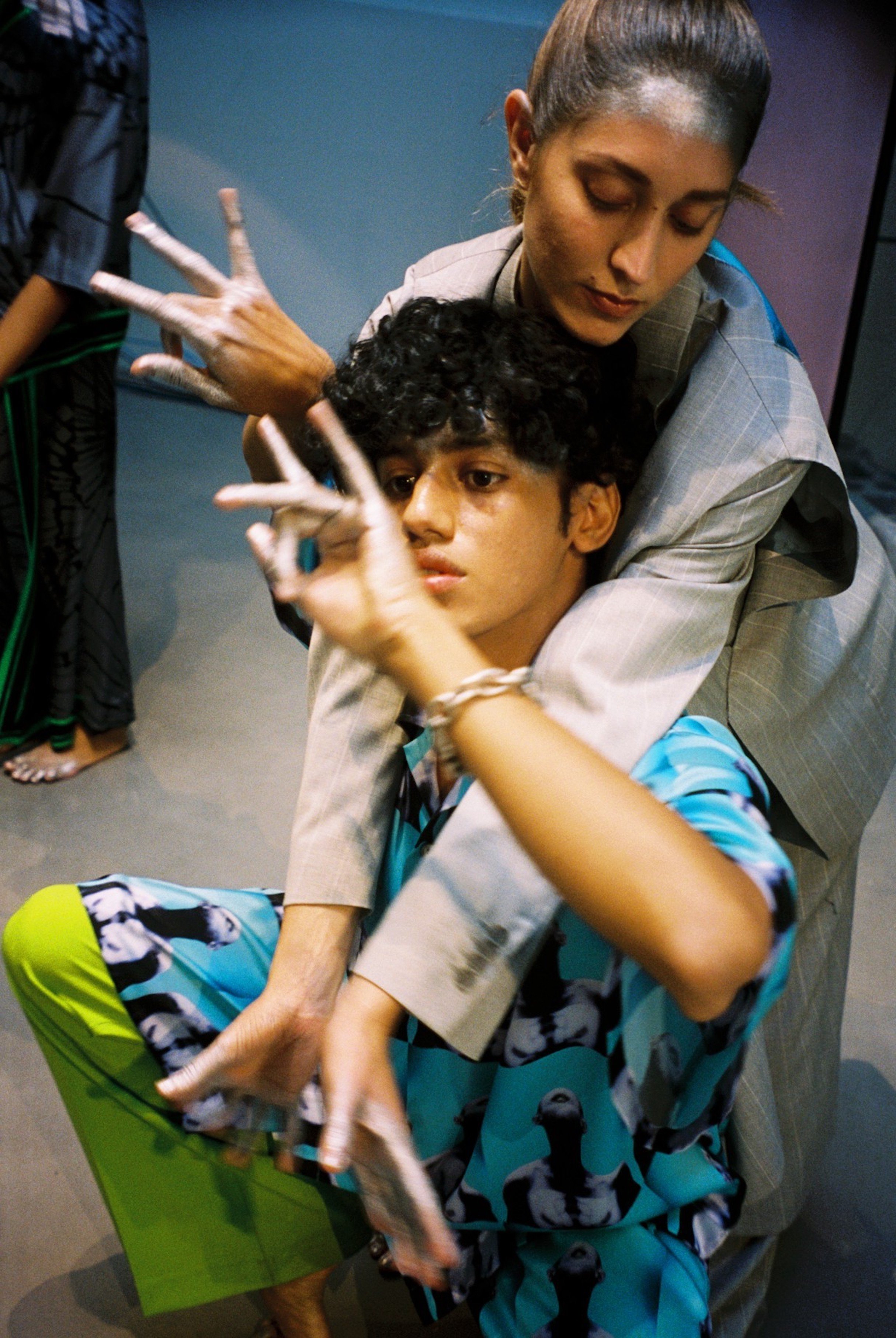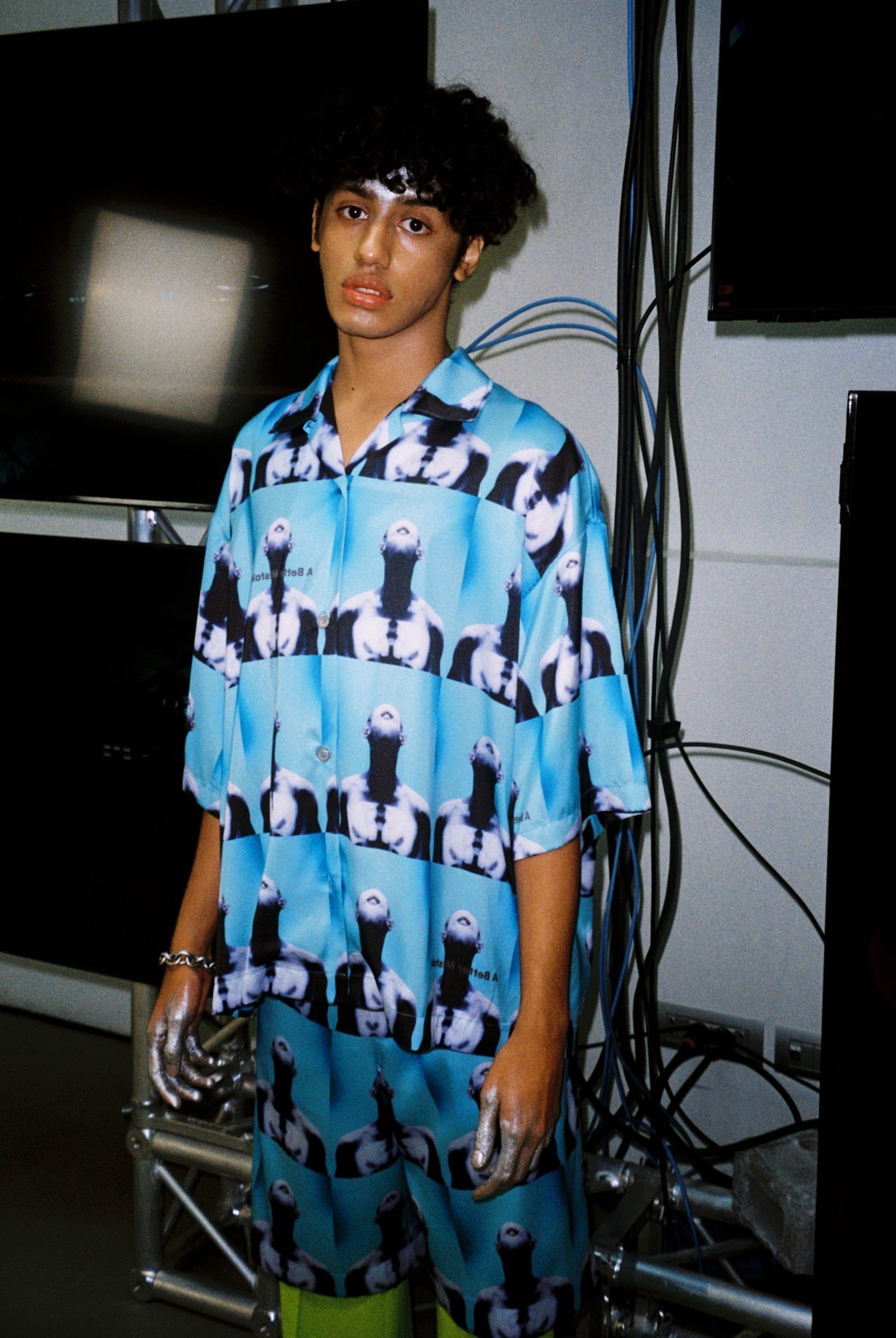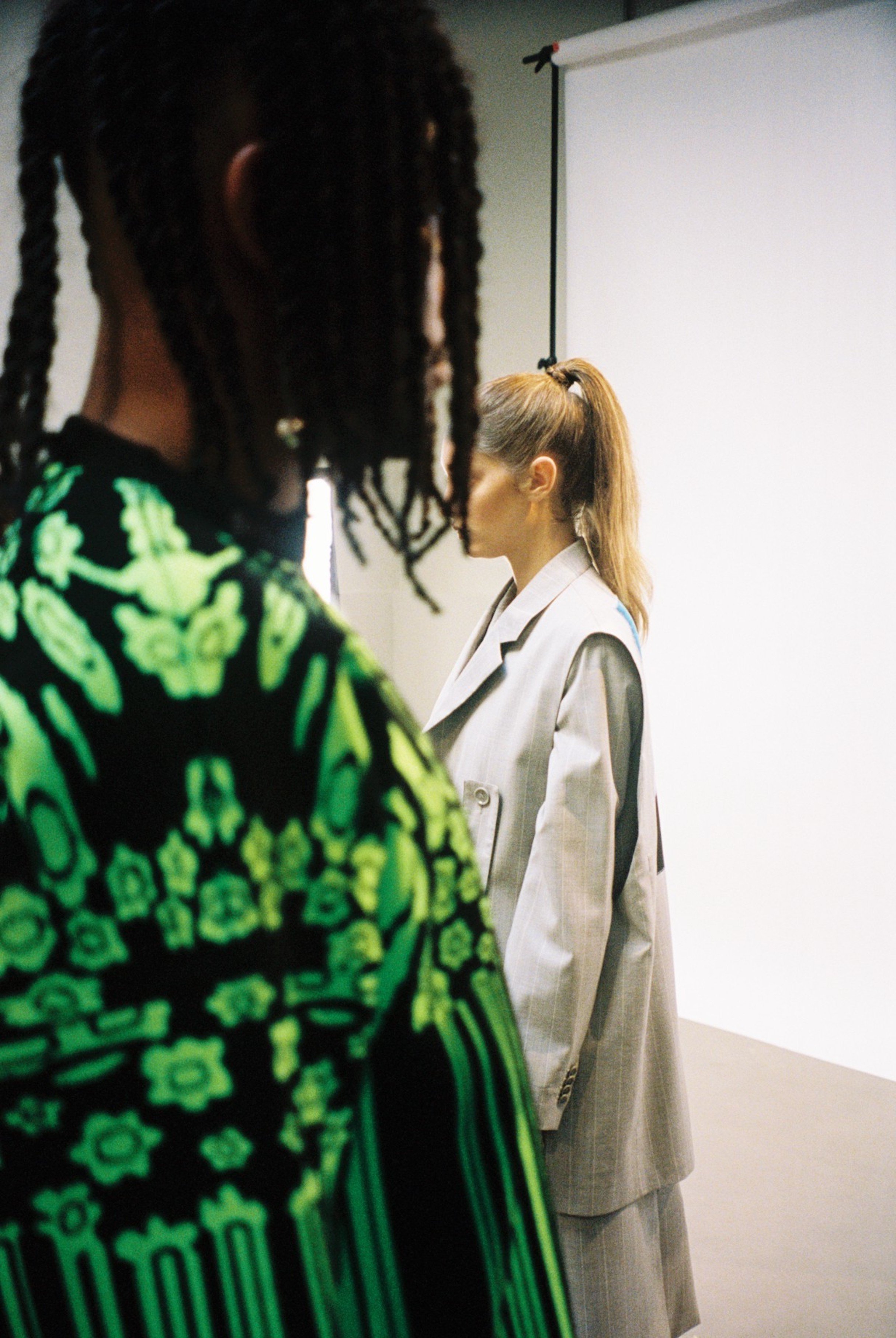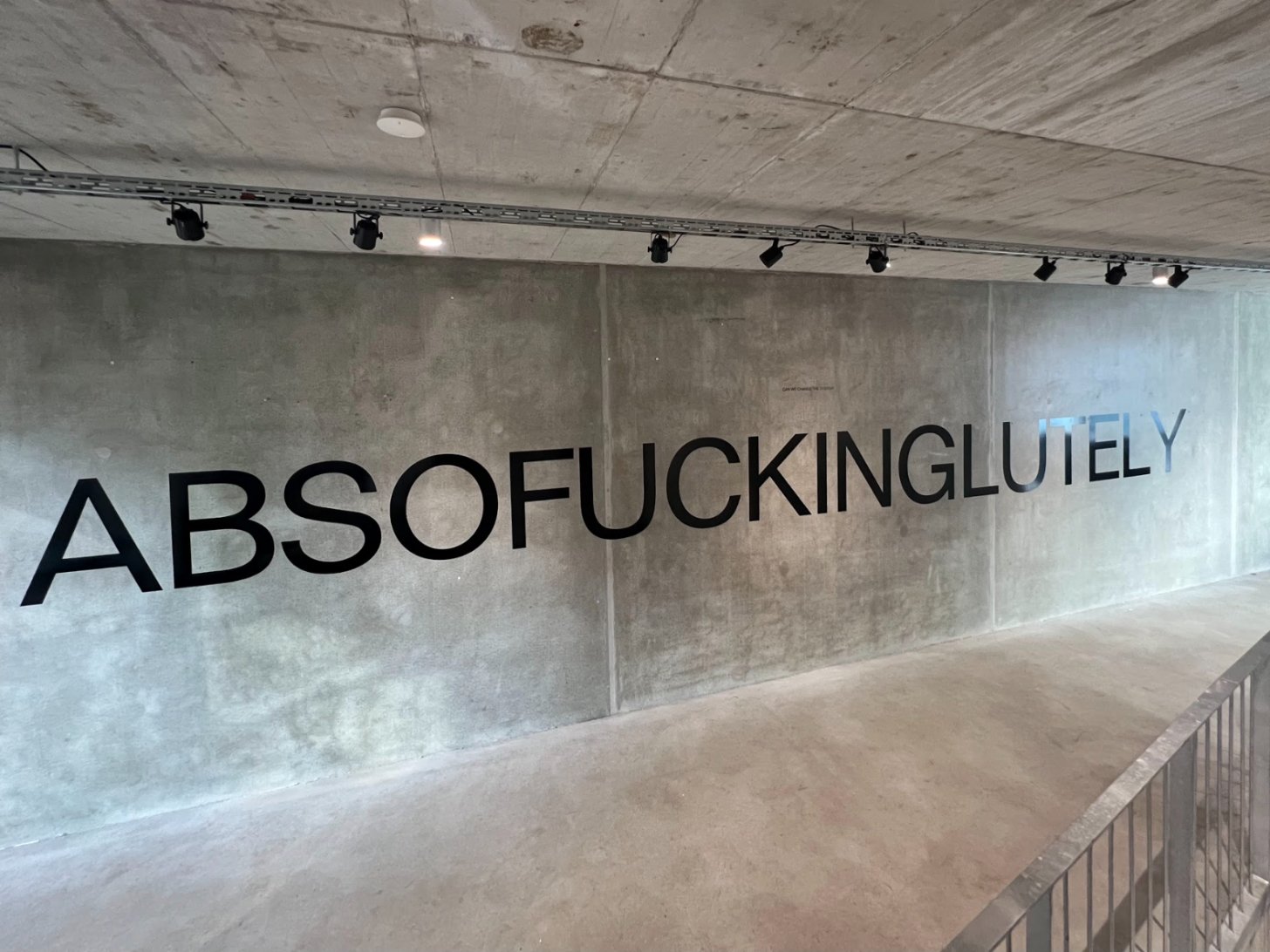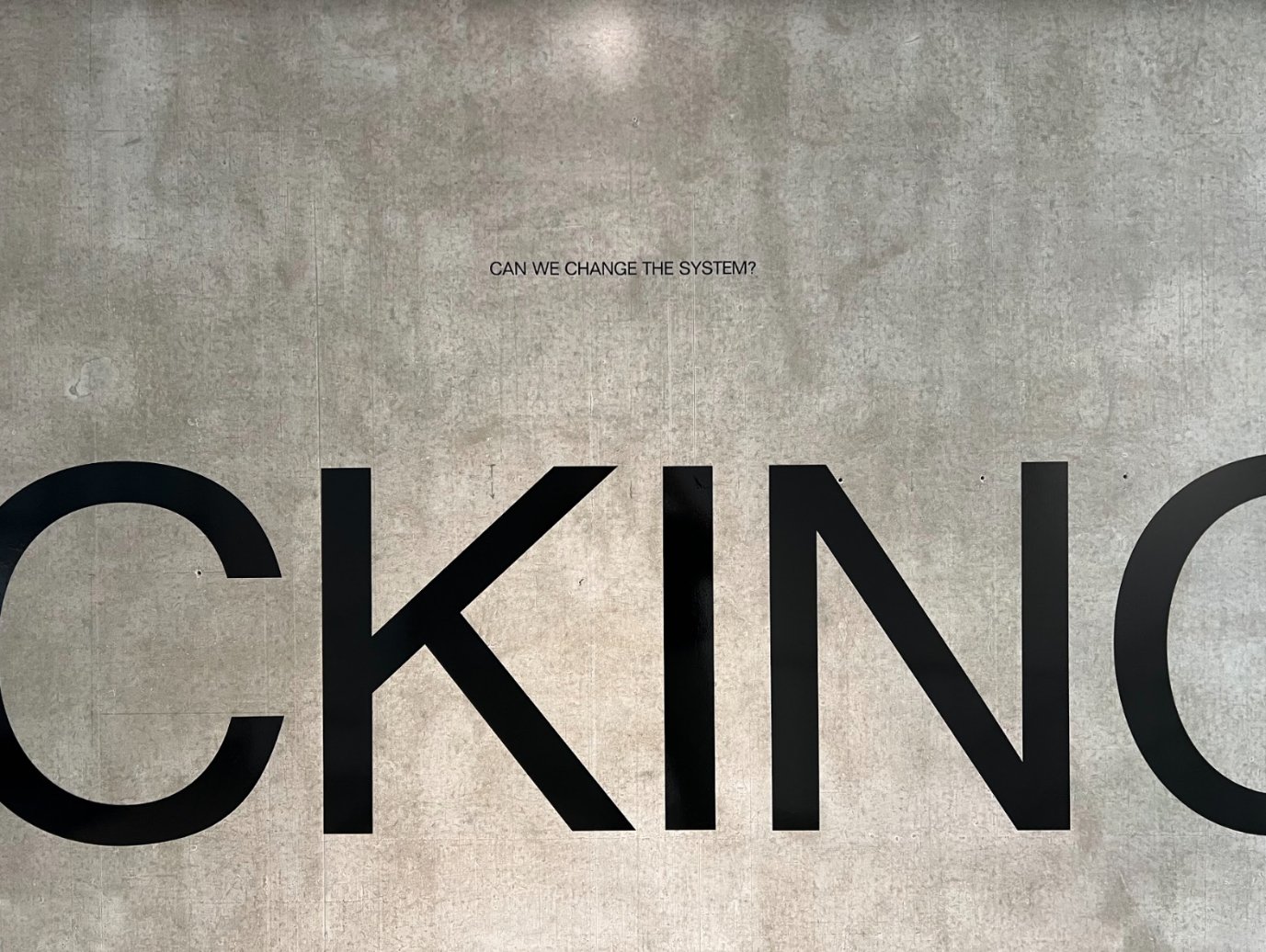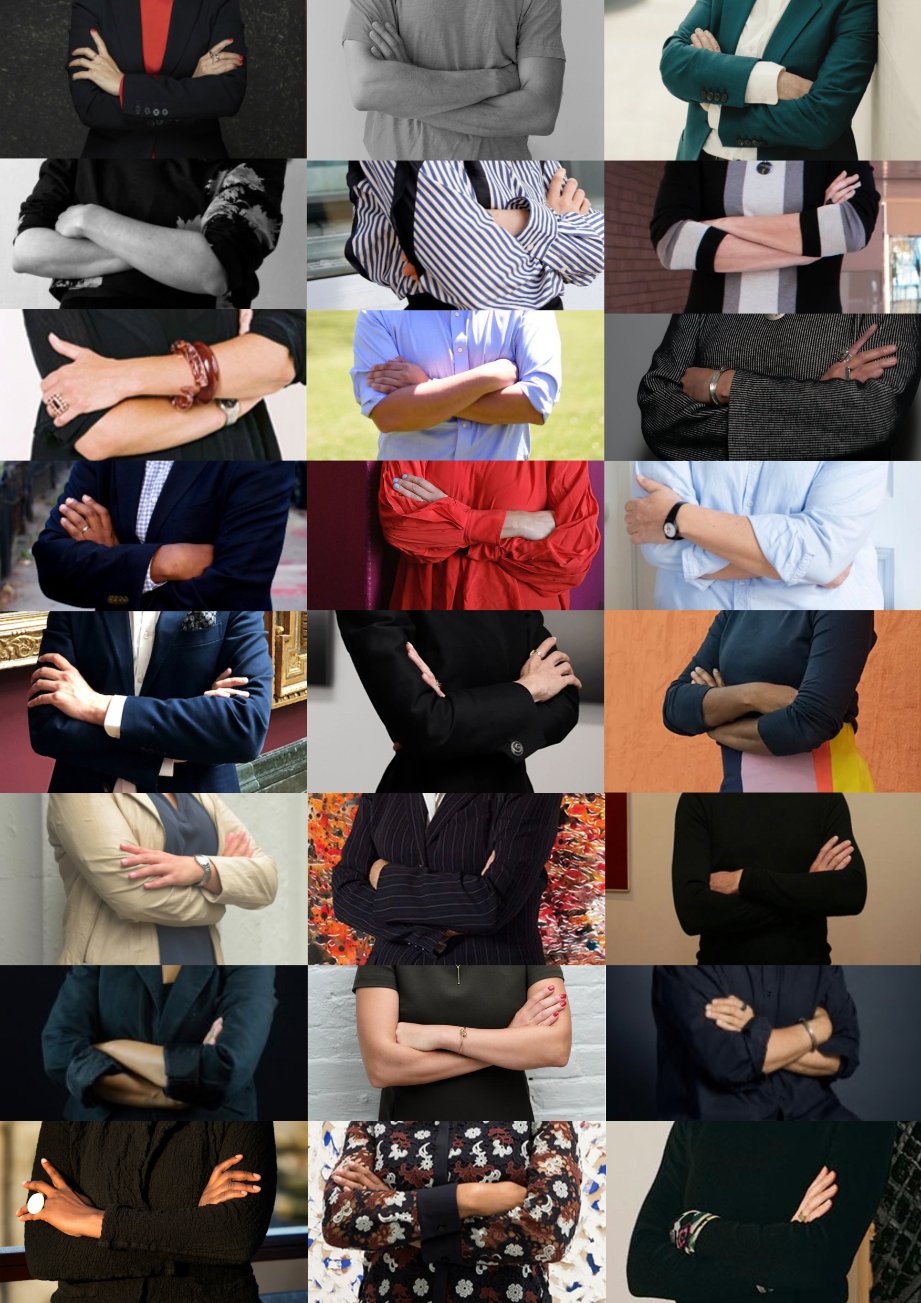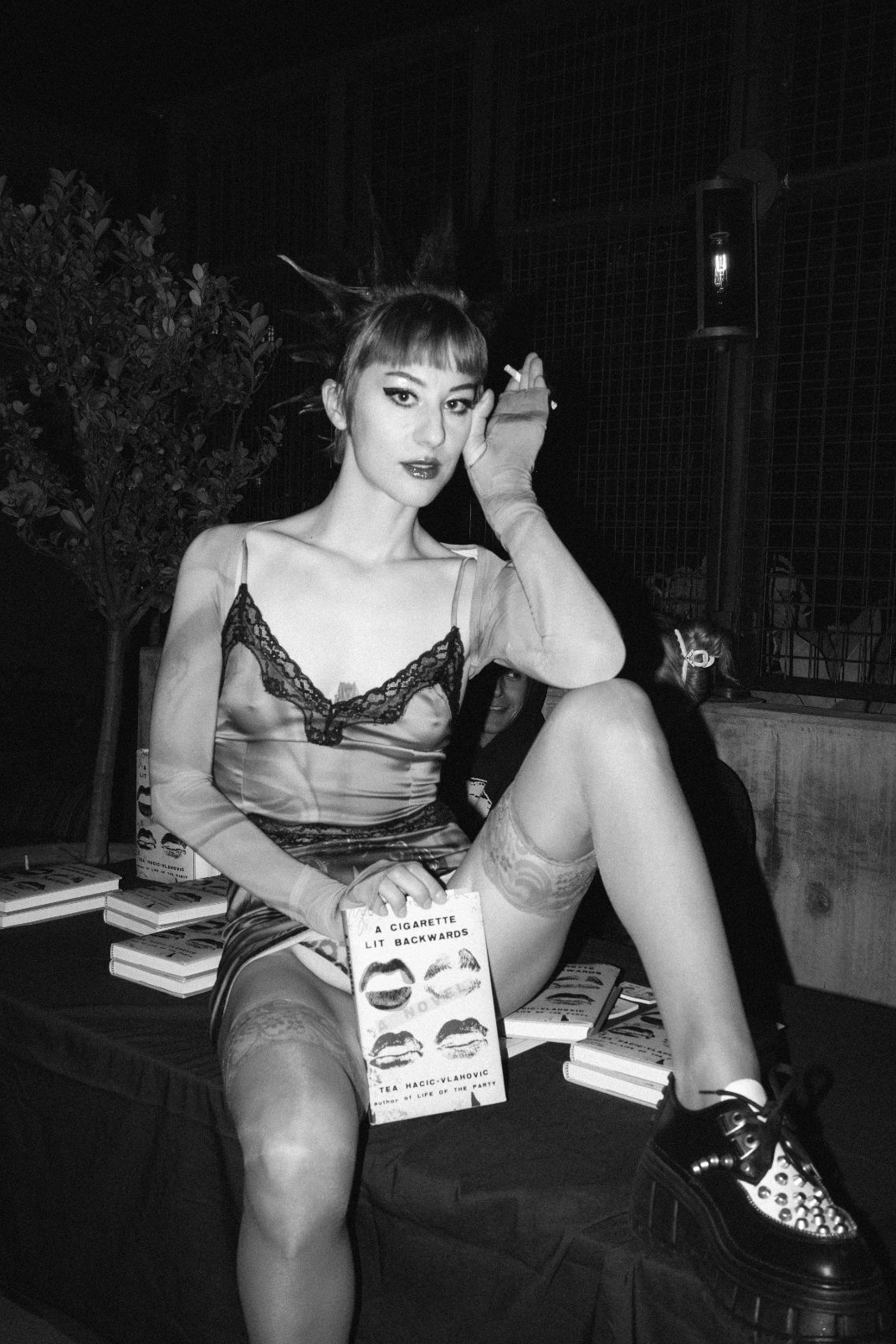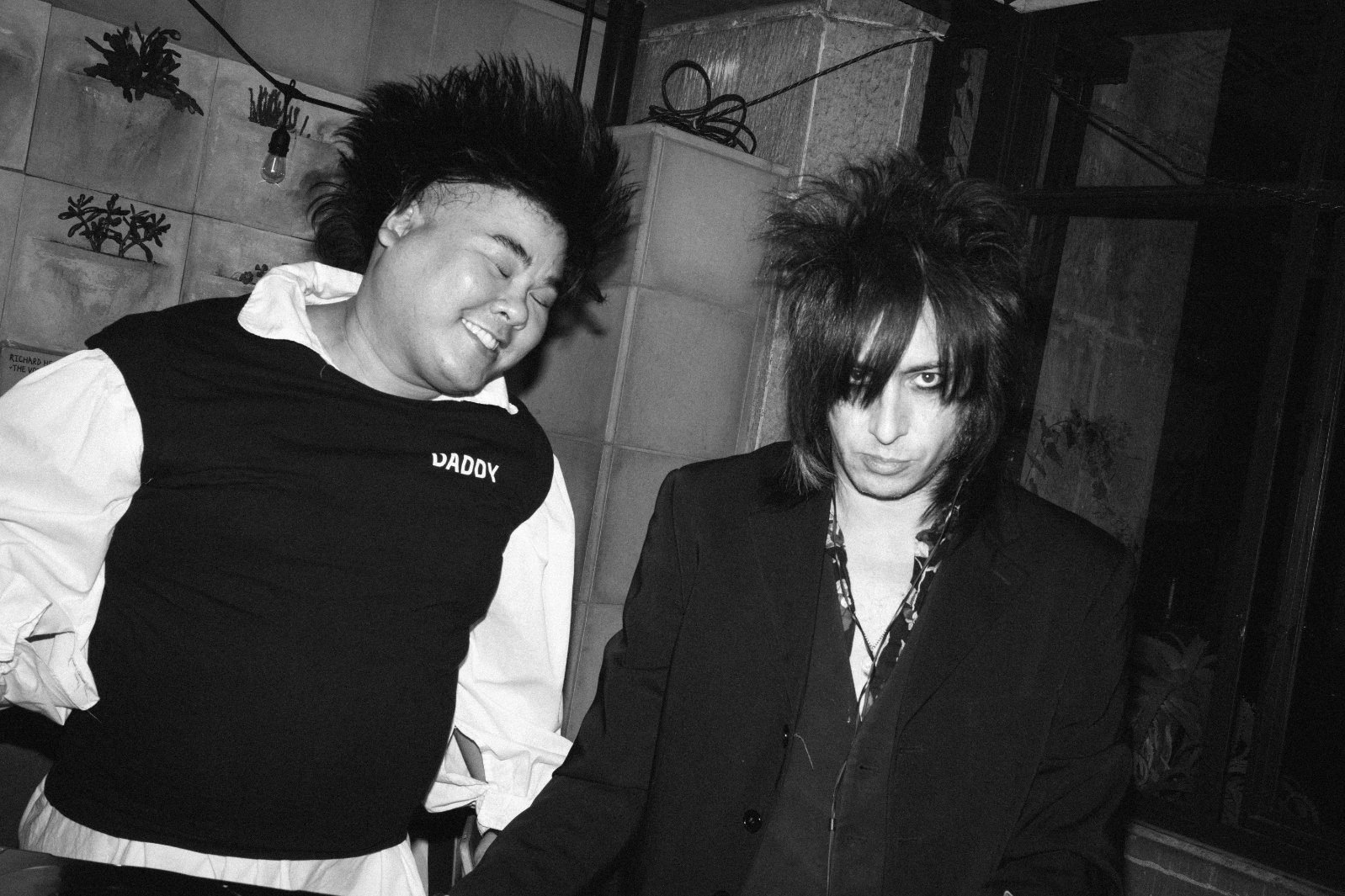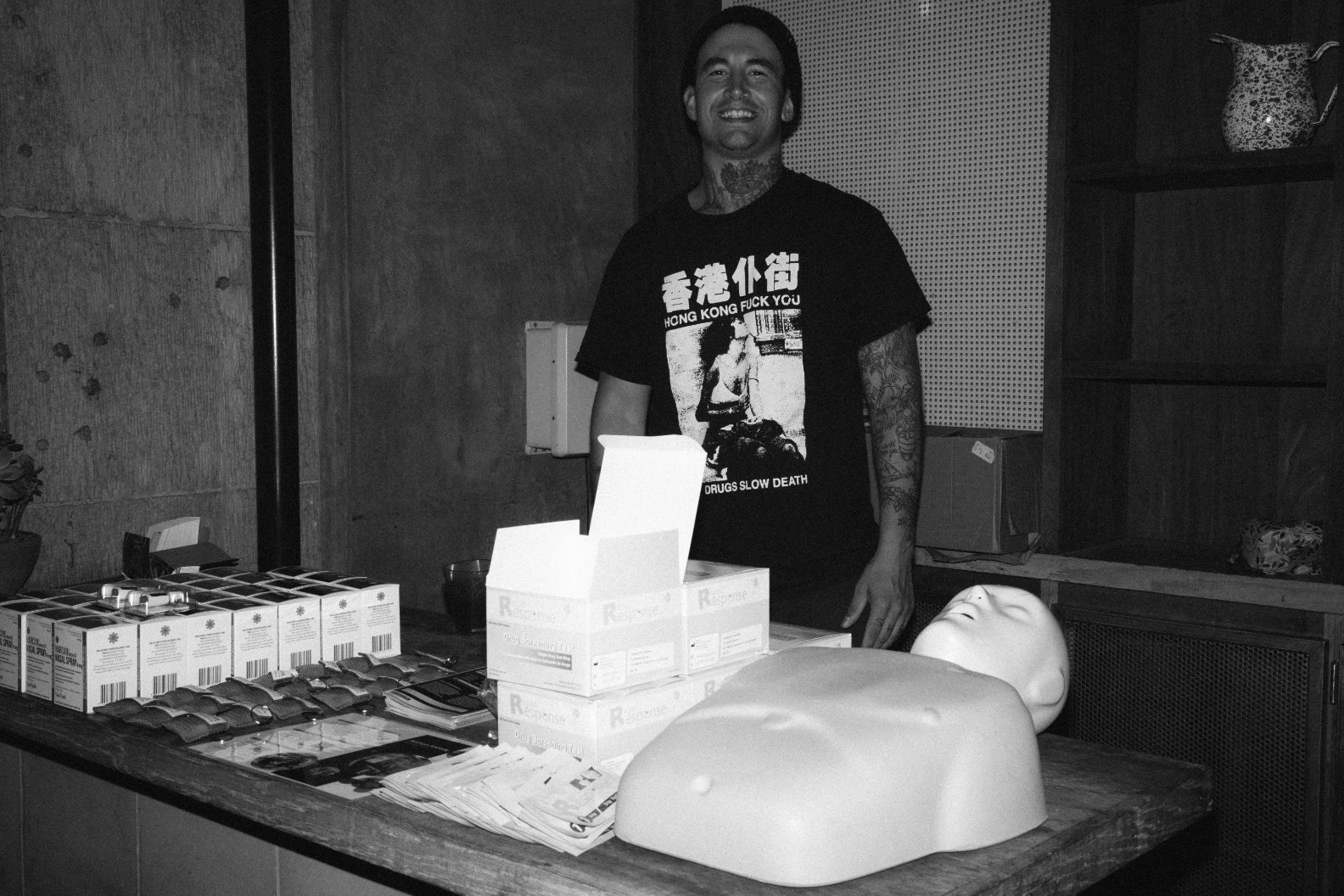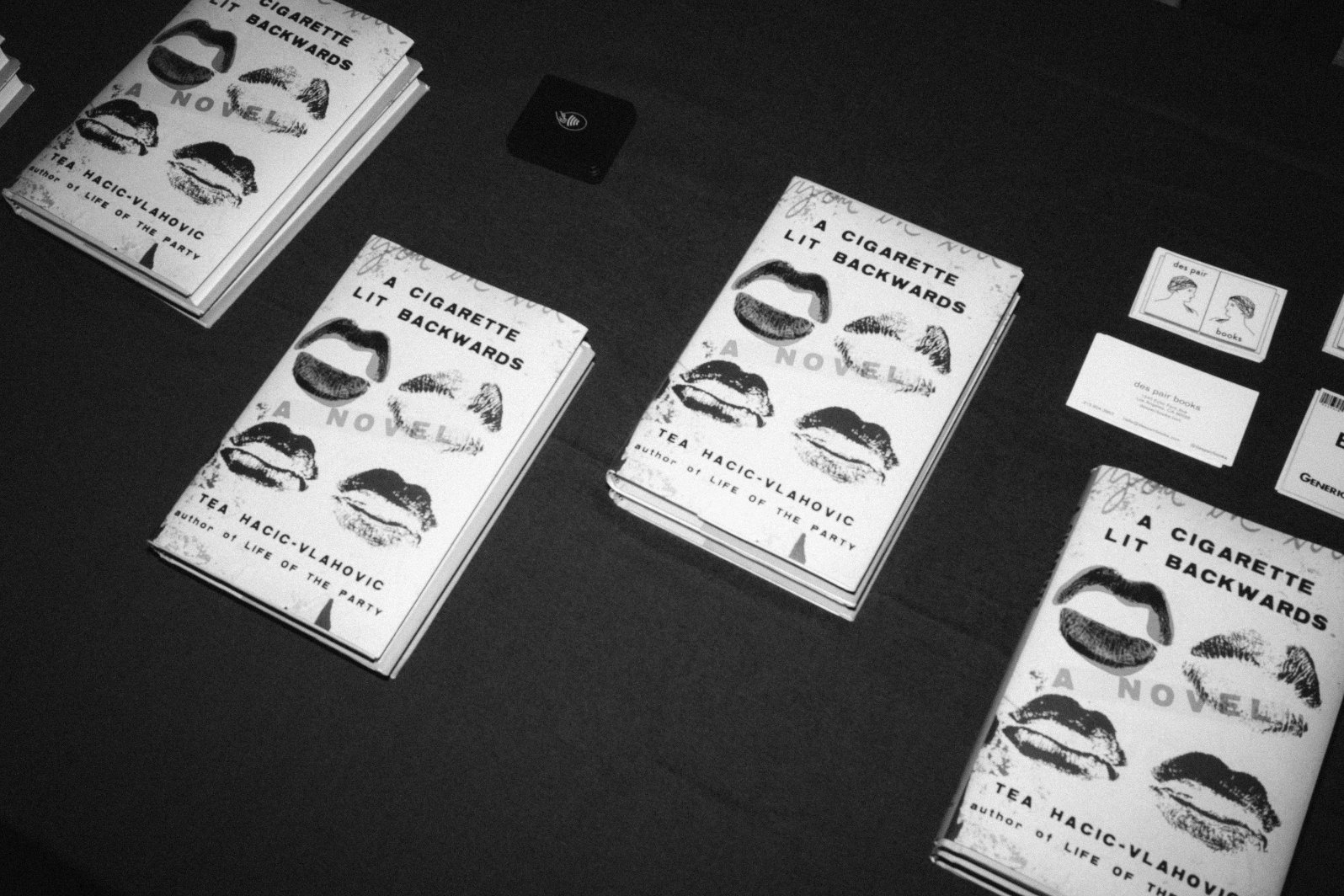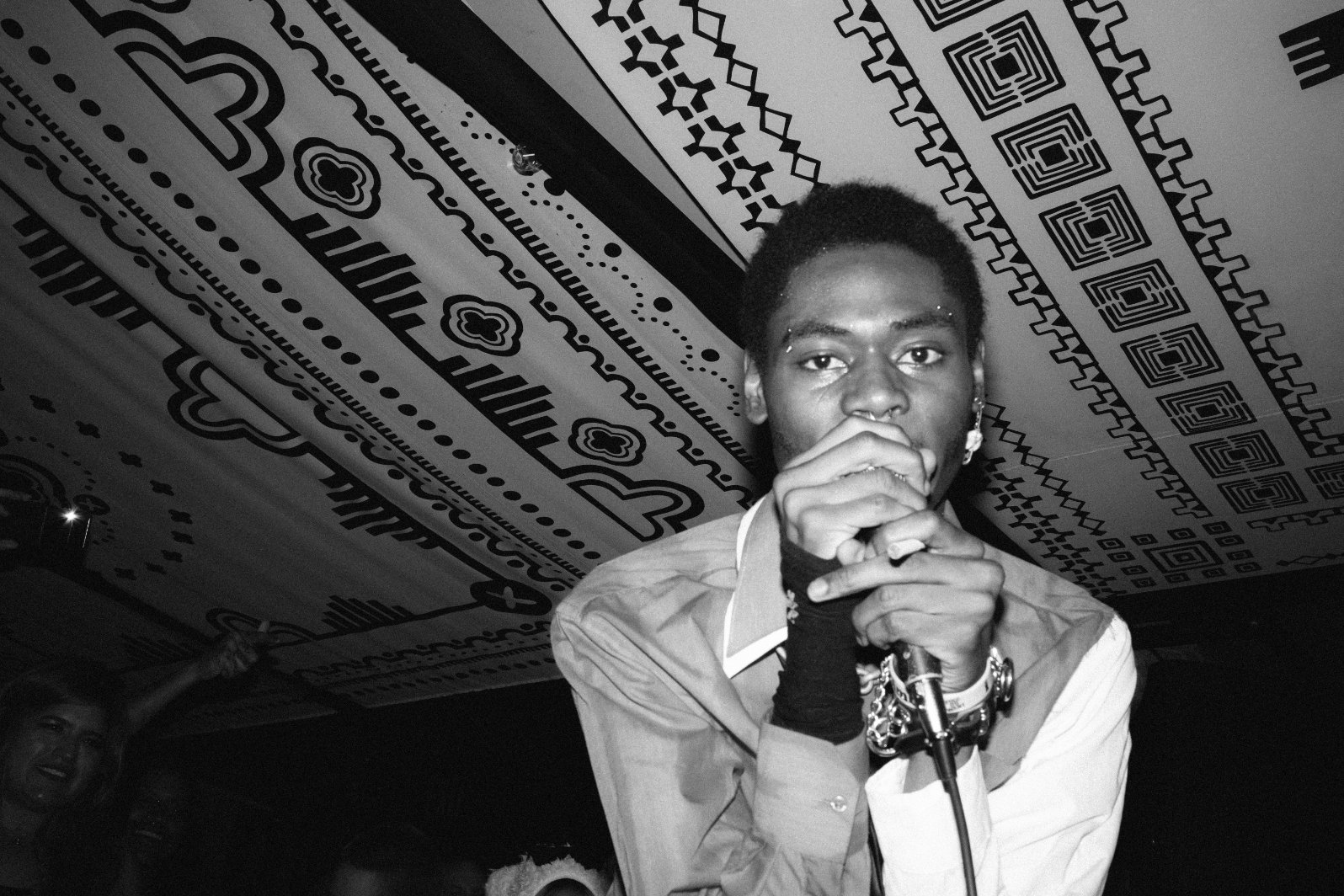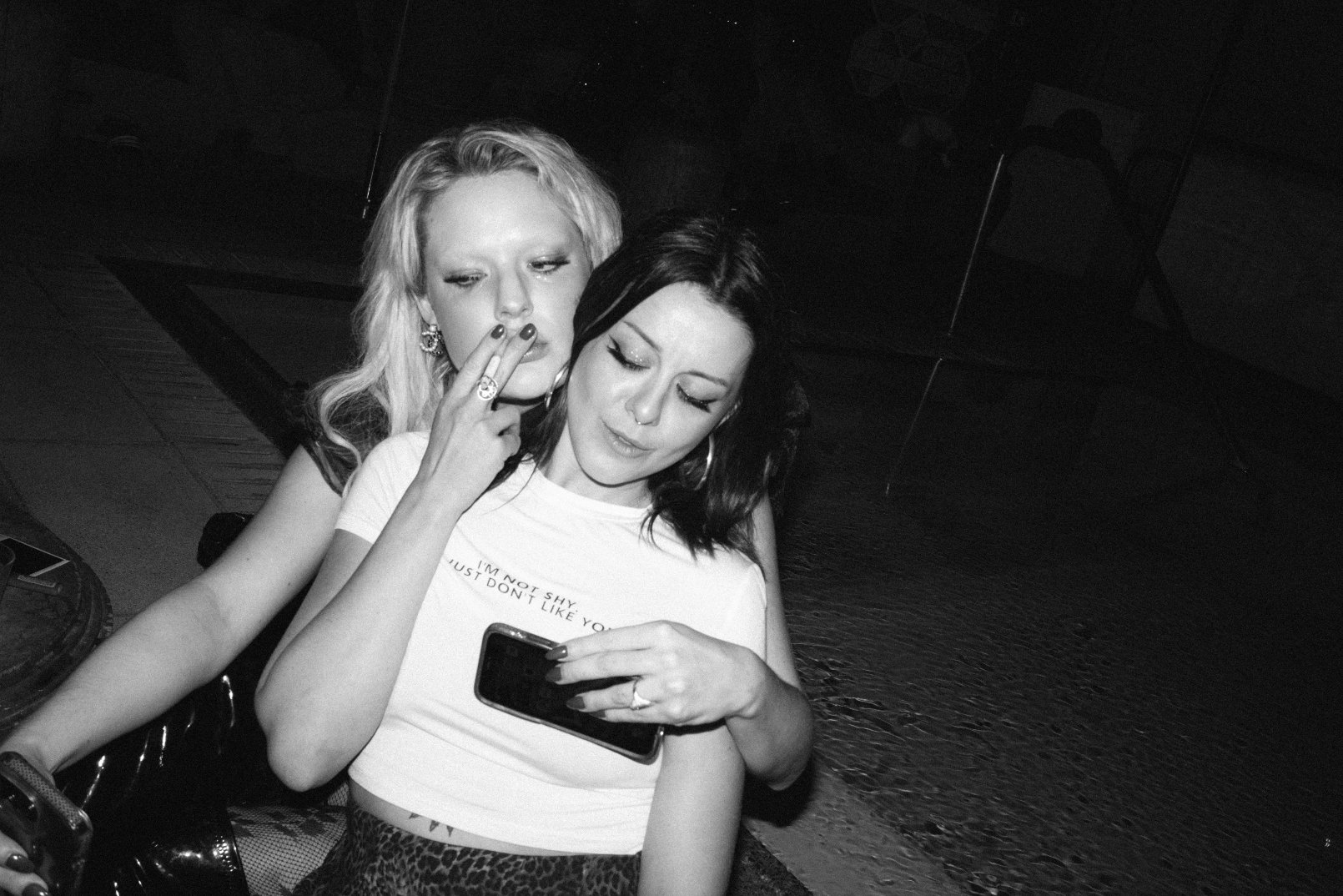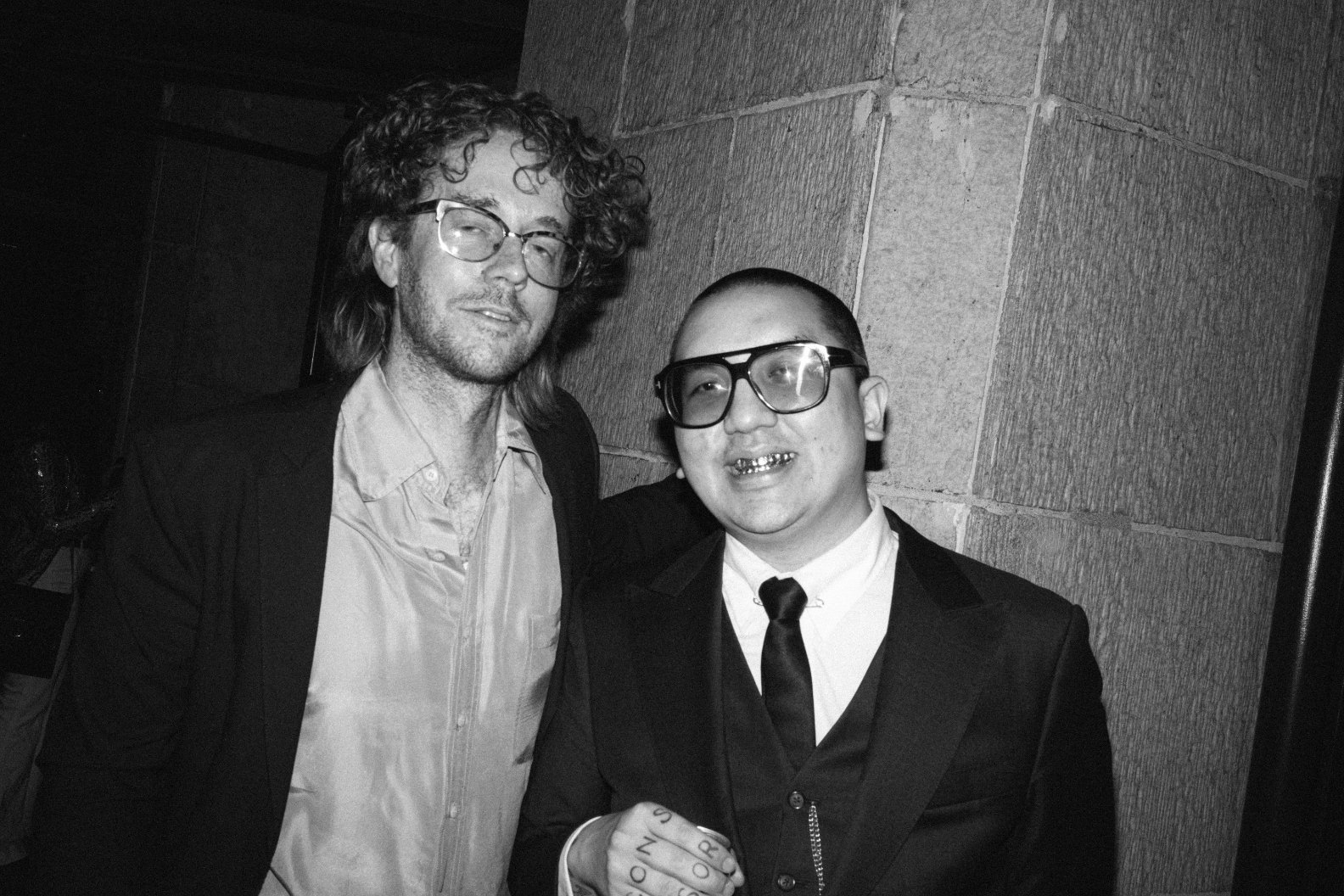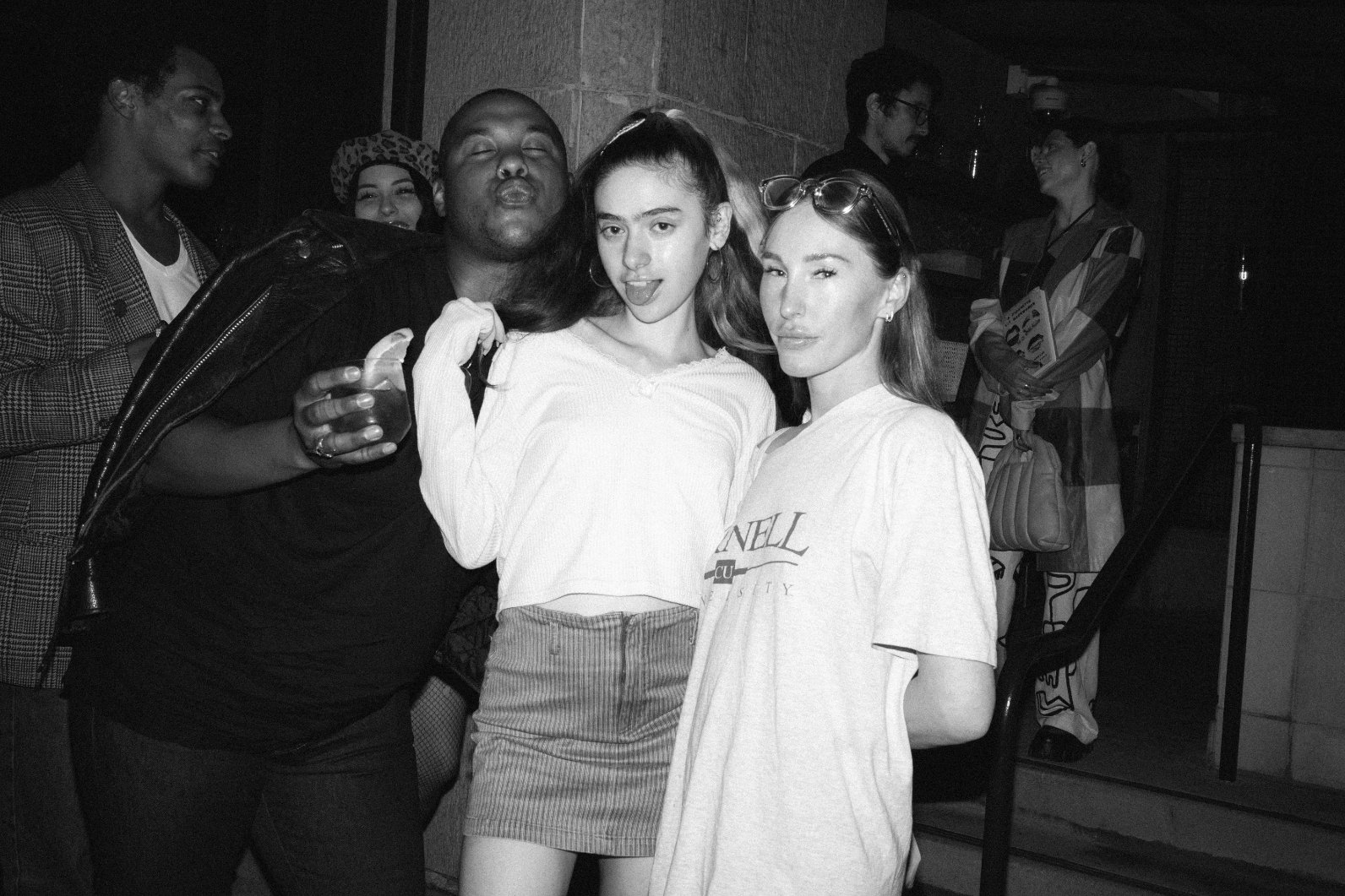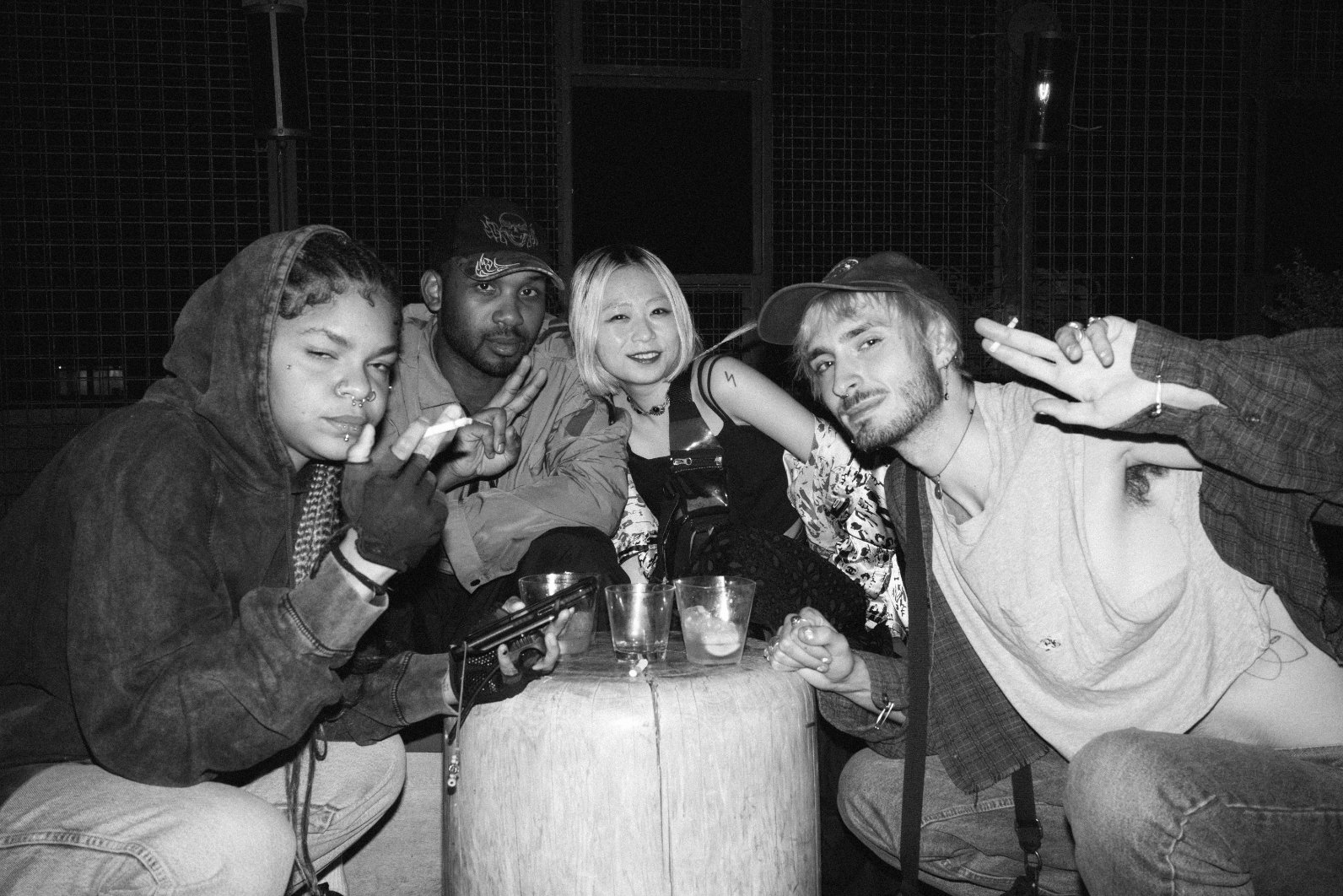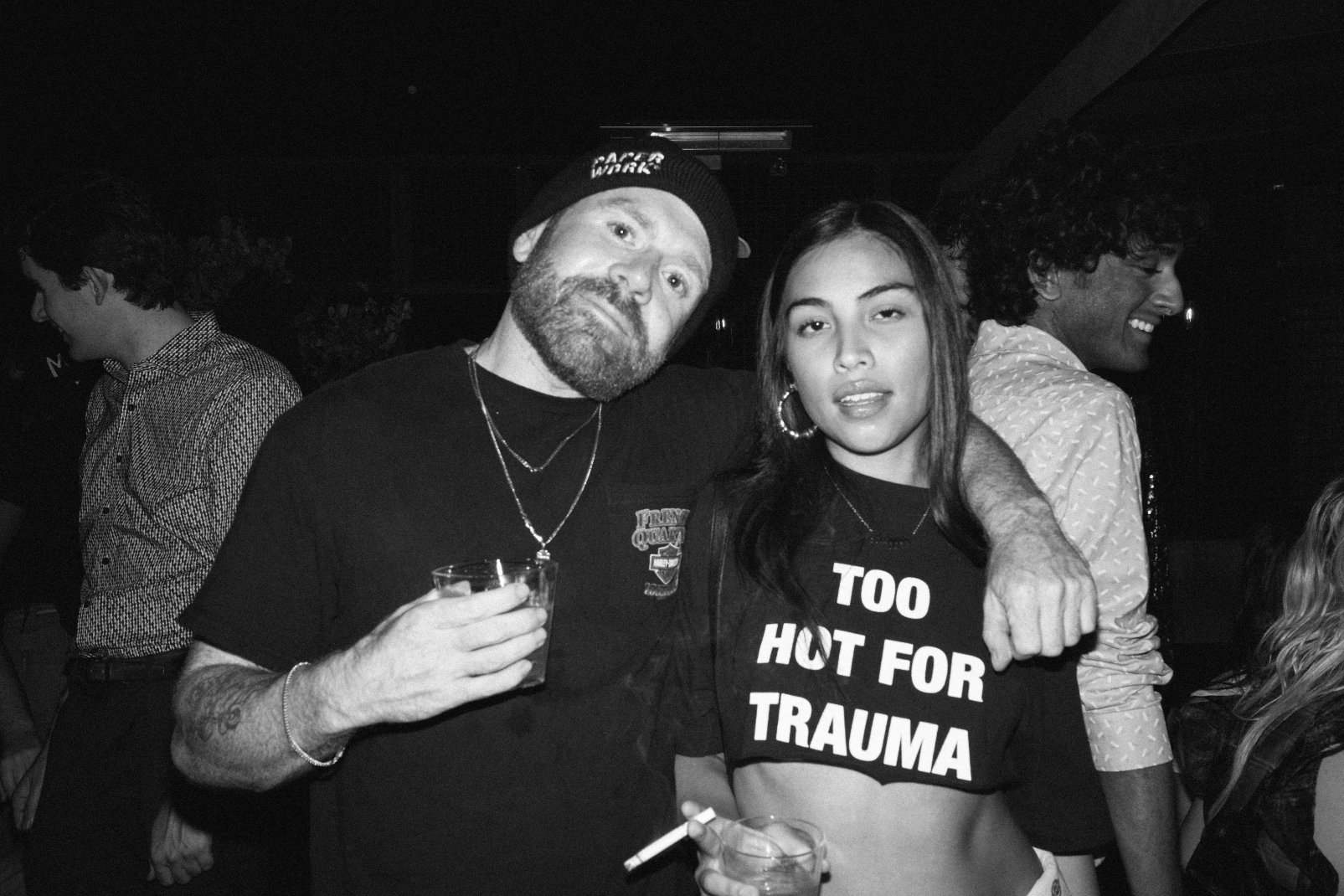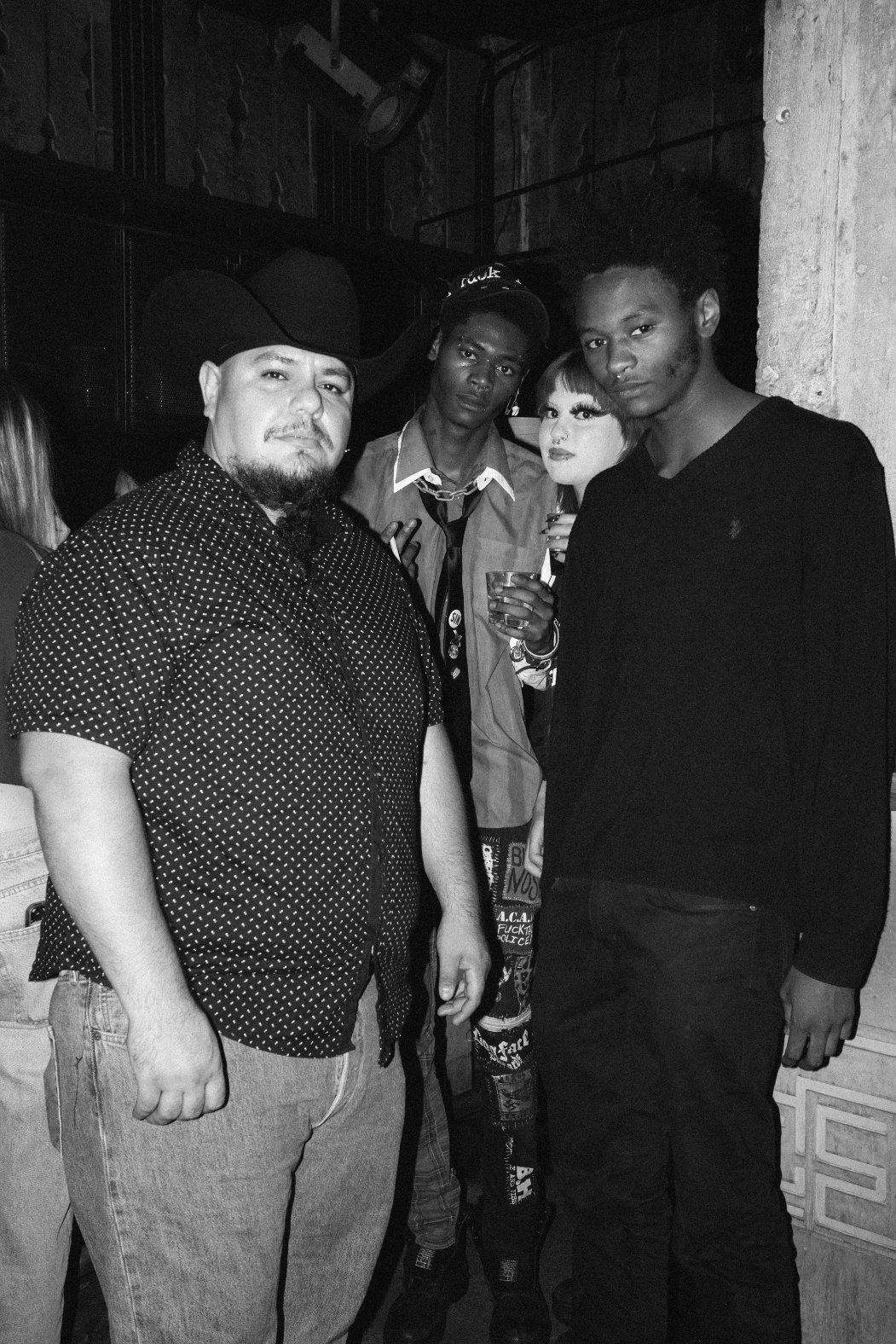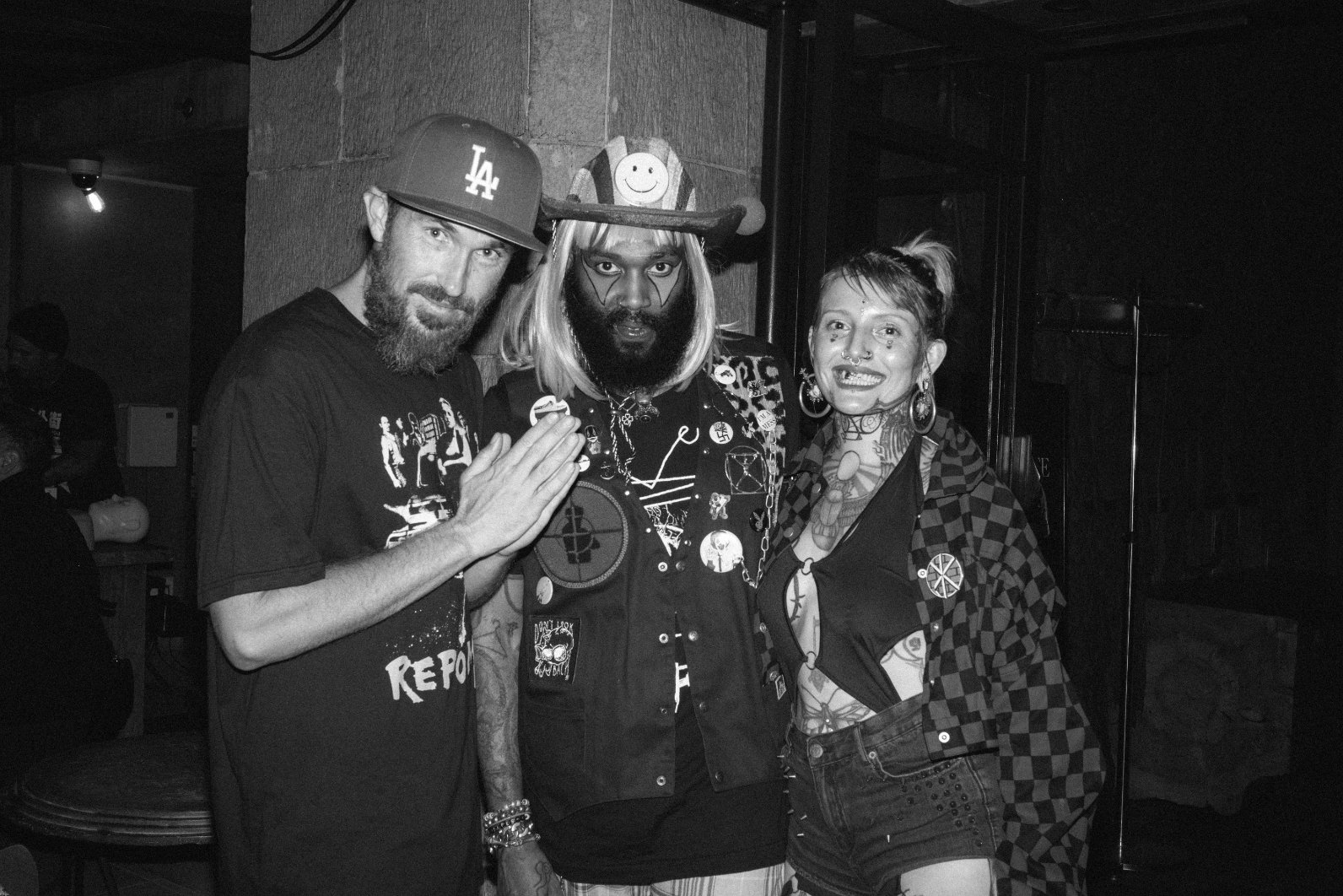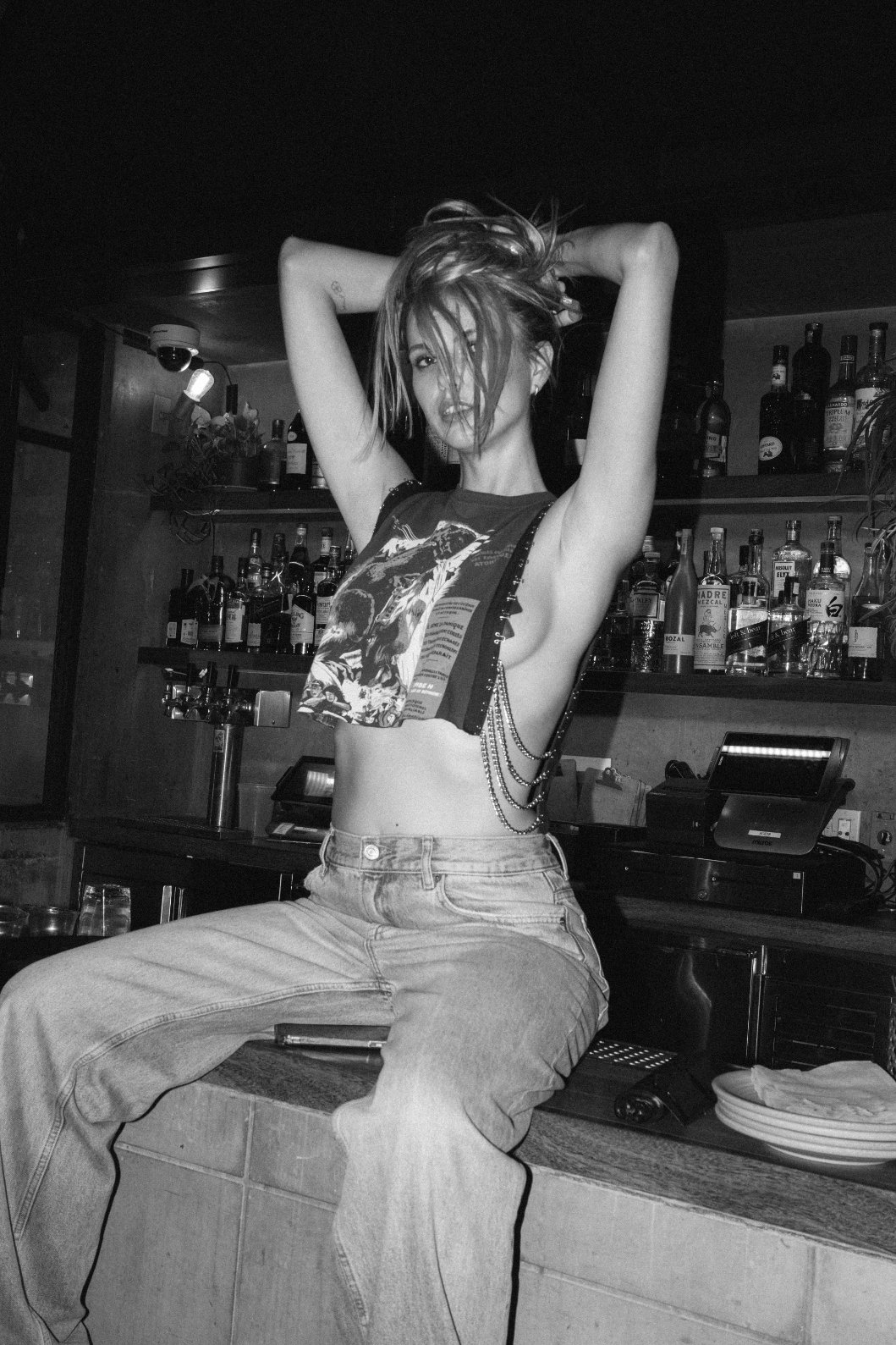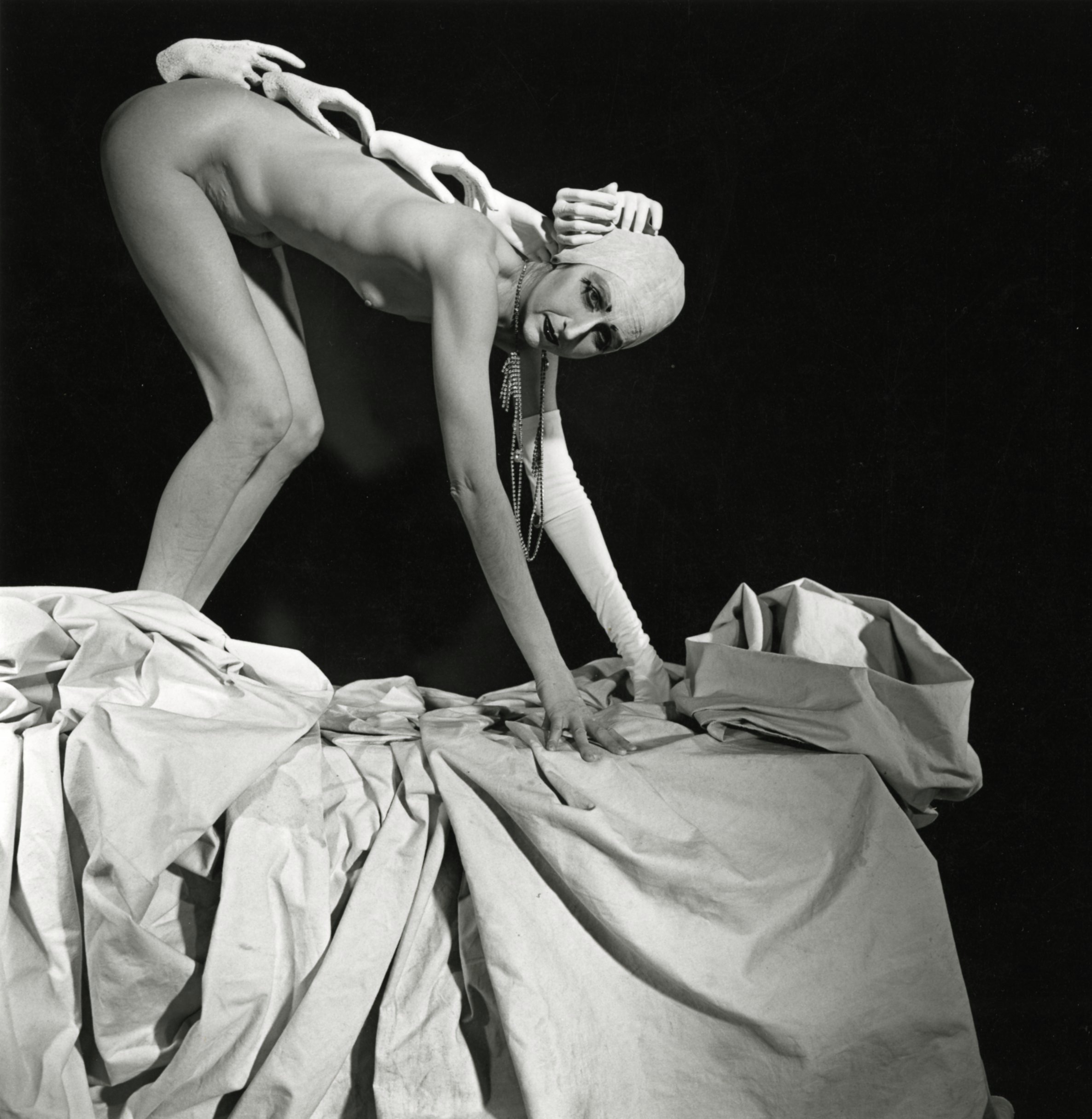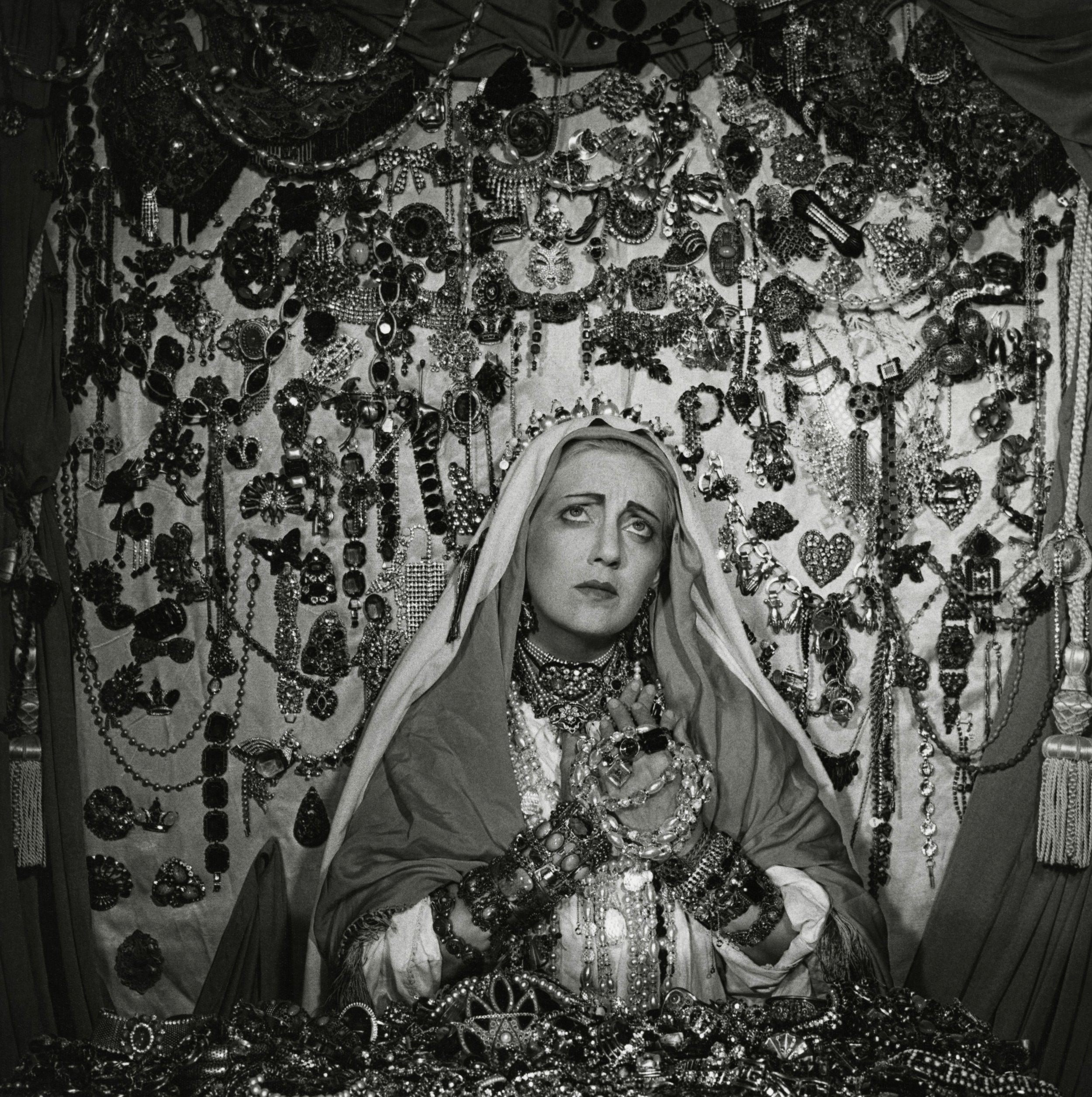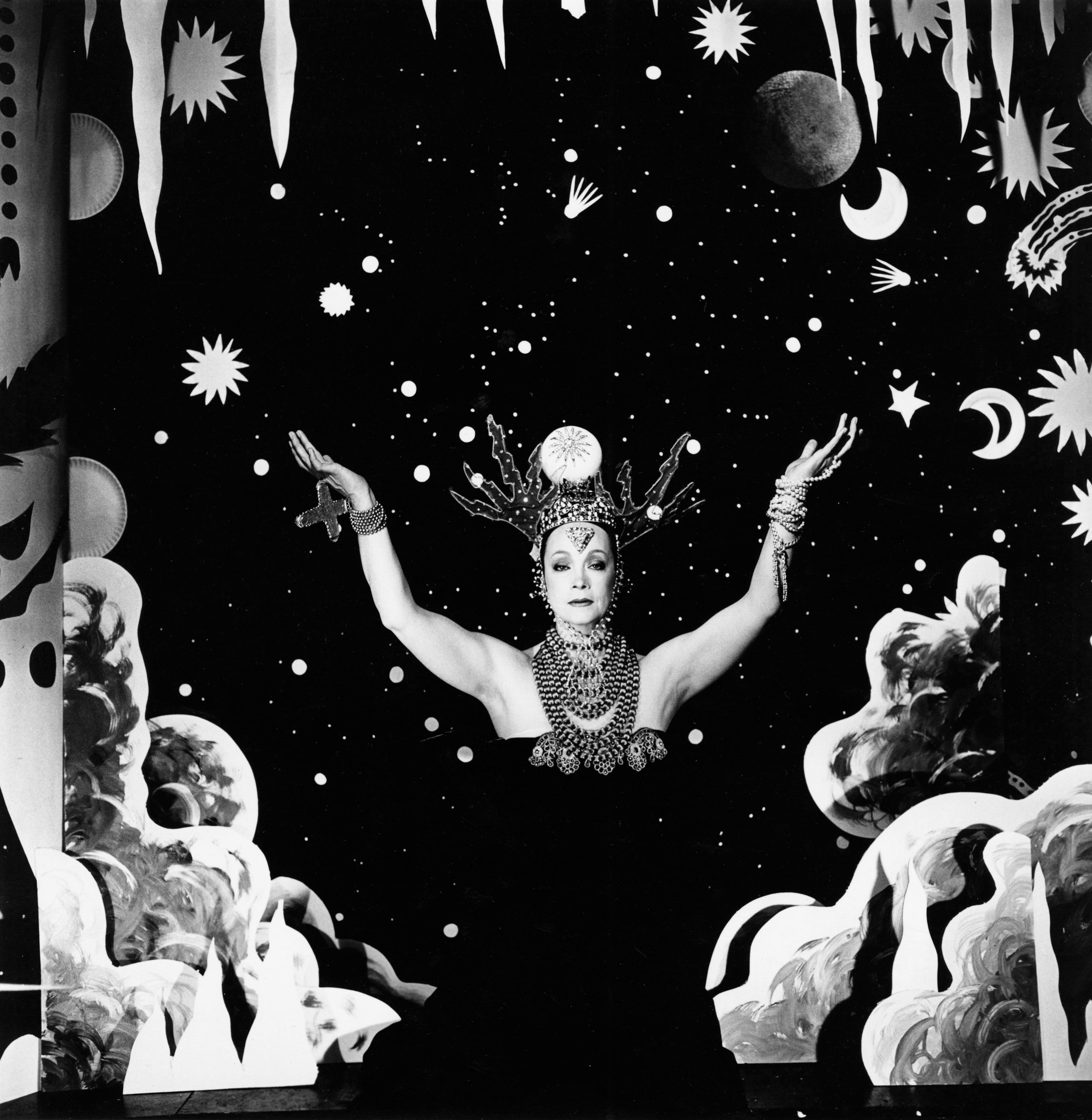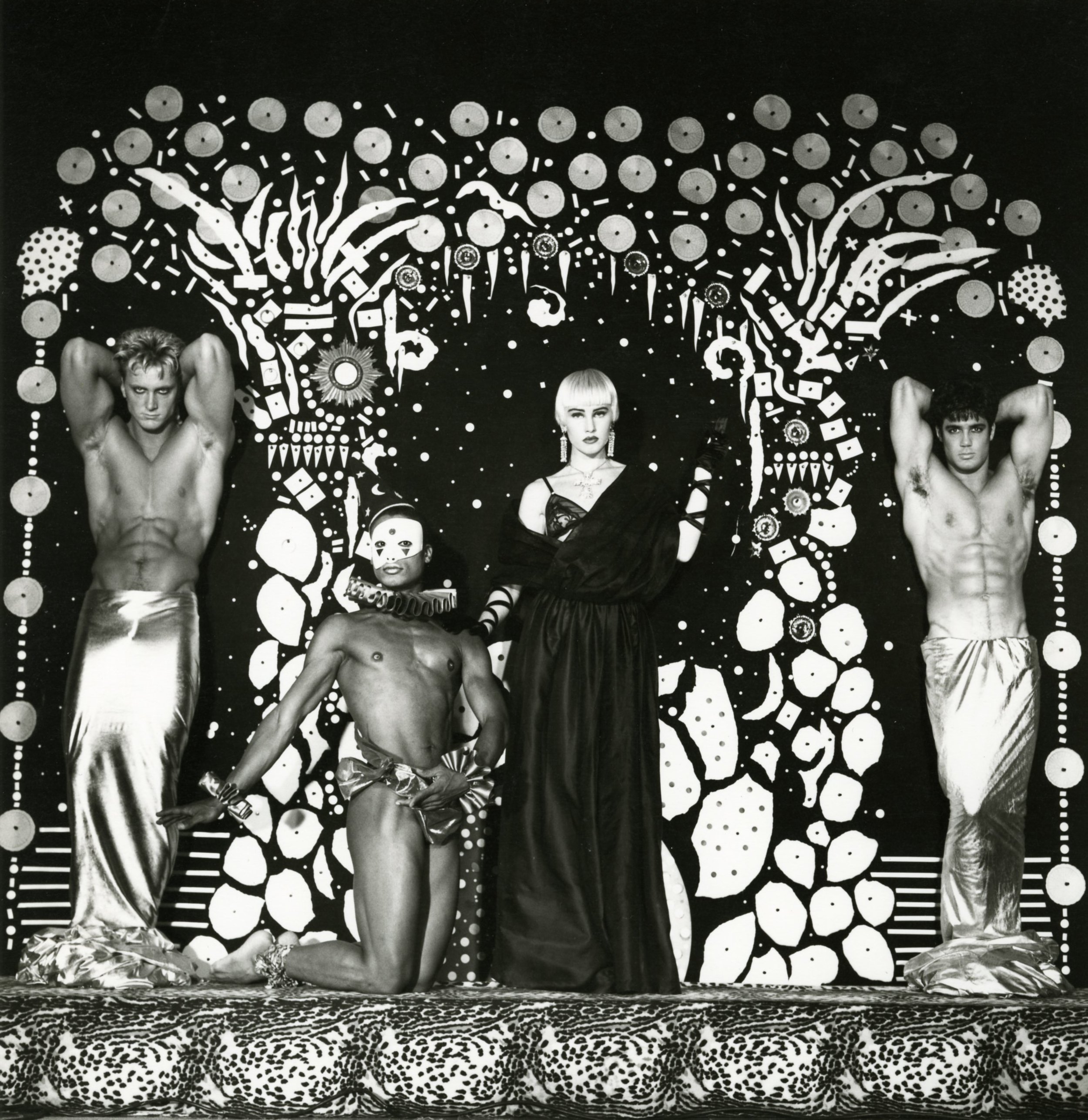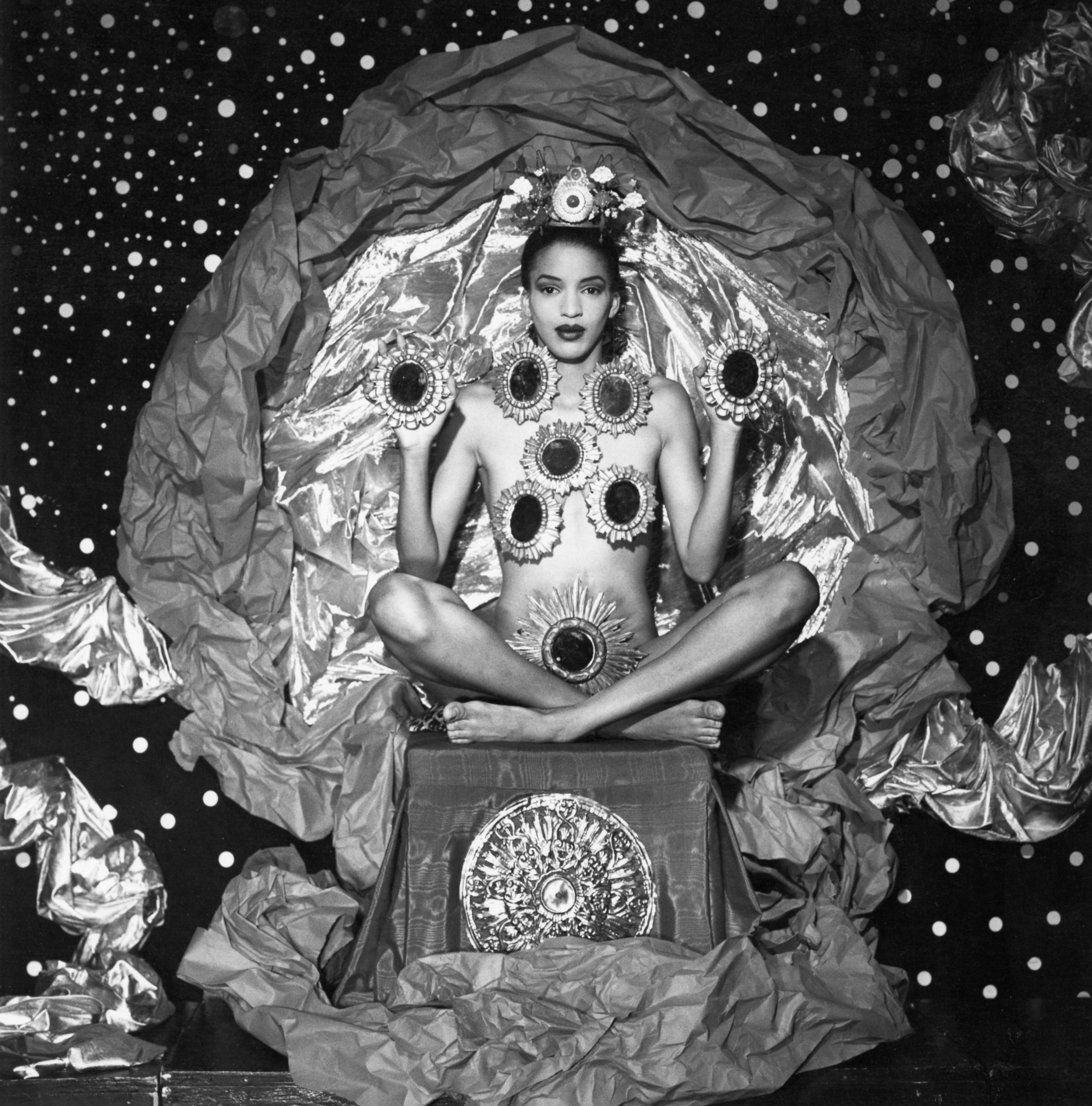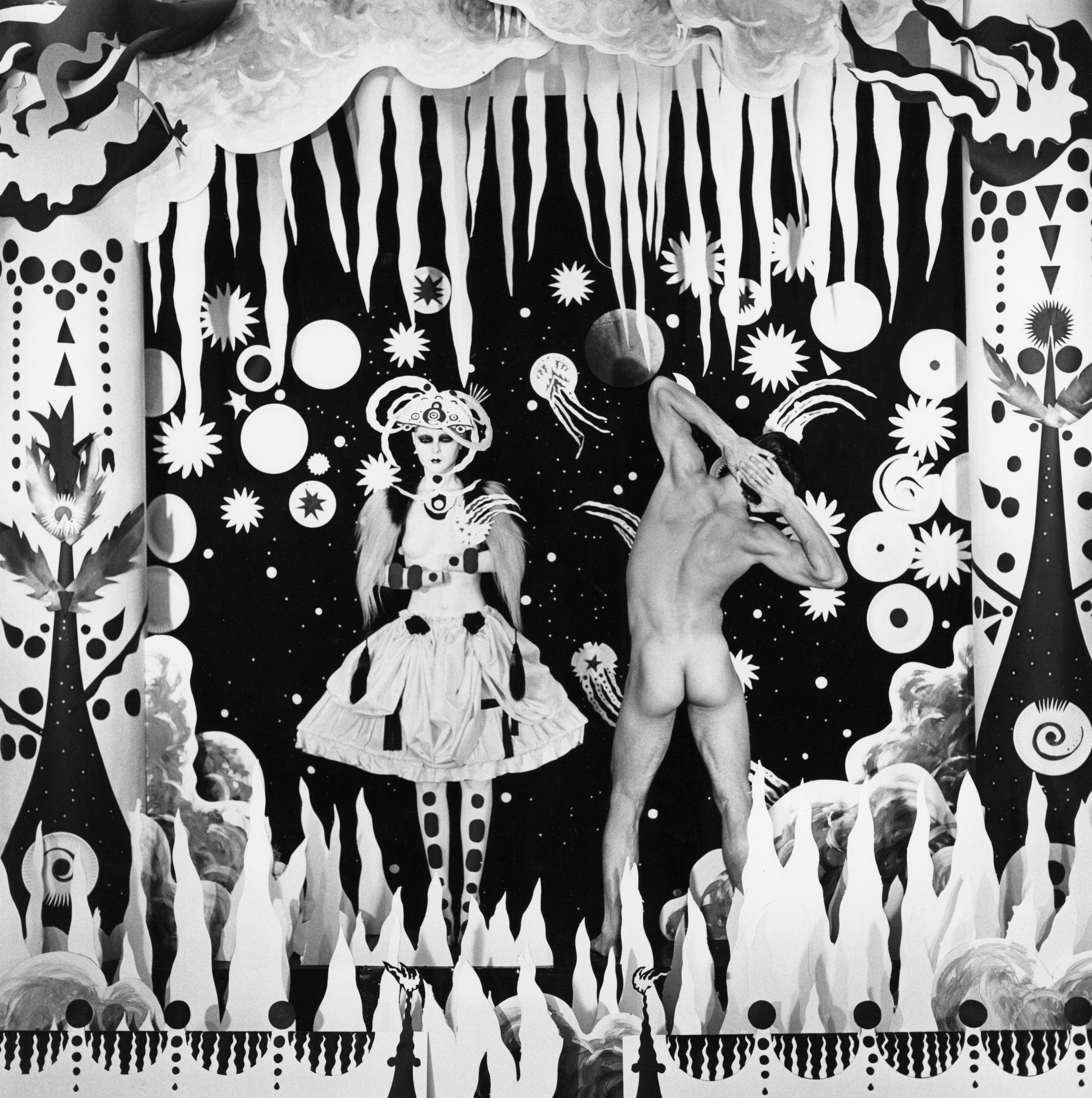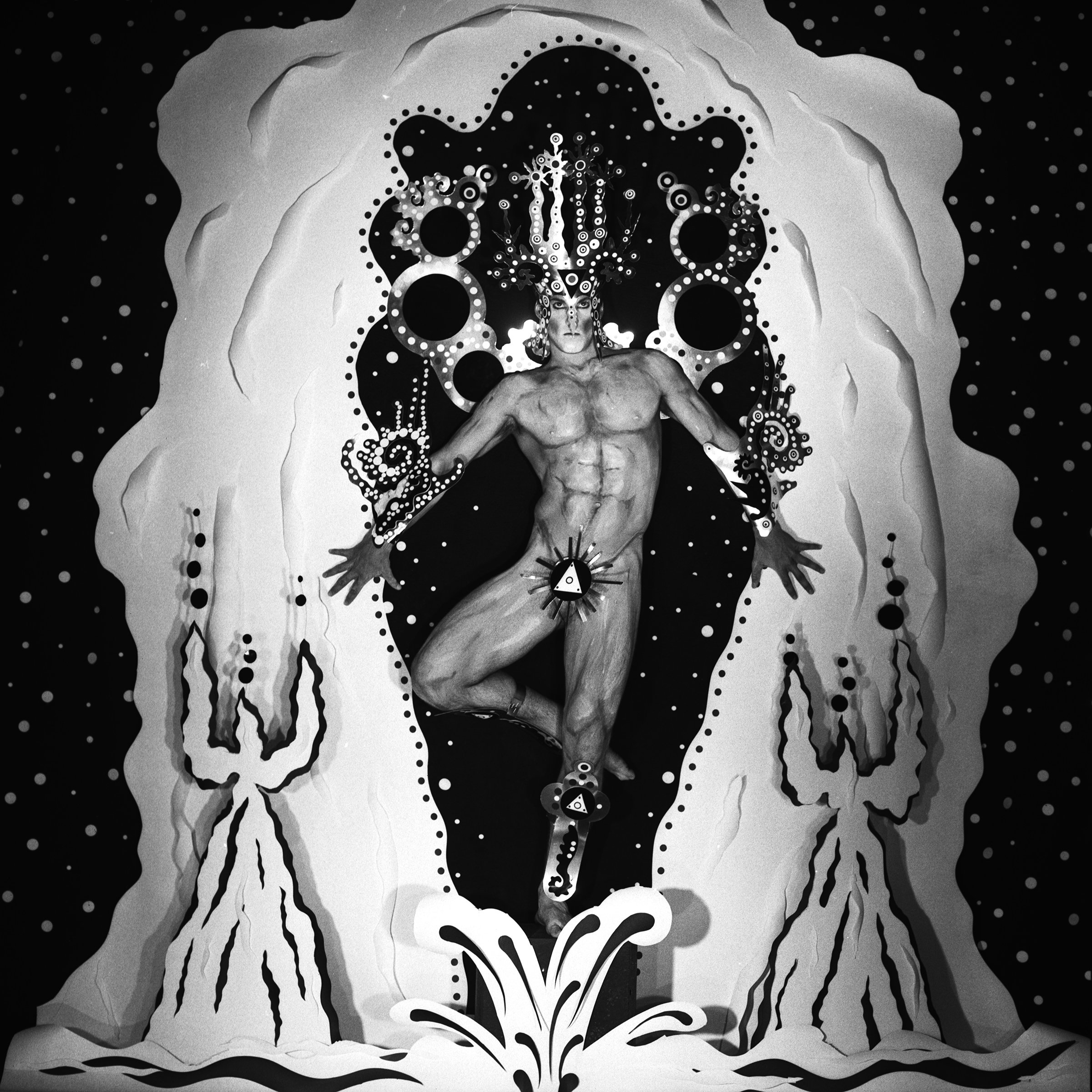text by Lara Schoorl
Hope For The Rising Sun of Promise: East not West
Every September, for the past fourteen years, the start of Vienna’s gallery season coincides with Curated by; a monthlong festival that invites international curators to organize exhibitions in the Viennese contemporary art galleries, under an overarching theme. This was the first year that an “impulse provider” was invited to propose said theme to the curators. Elected by twenty-four participating galleries, Dieter Roelstraete, received the inaugural position to present a curatorial and artistic framework for the fourteenth edition of Curated by.
In the shadow of the Russian invasion in Ukraine and the ongoing war, Roelstraete proposed “East” for the theme. More specifically “Kelet,” Hungarian for East, and explicitly the opposite of “Nyugat,” West. Nyugat was the name of a Budapest-originated, avant-garde journal from the early twentieth century; “Nyugat” one word that captured the desire for what was happening culturally in Paris and Munich, in the West. At that time, Budapest was still the second capital alongside Vienna of the Austrian-Hungarian empire, an interesting fact when thinking about cardinal directions now. Austria, and Vienna in particular, has long carried a gateway position (for culture) between East and West. During in the first half of the last century and through the Iron Curtain, and in the past two decades, Austrian art institutions have often gravitated towards the West in terms of who and what was shown. Yet now, as people move from Kyiv to Lviv, flee from East to West and South to North, Roelstraete urged, more than ever it is important to shift our perspective from West to the (expanded) East. And to then not see East as a place of trauma, but of promise, because “Is it not in the East,” he asks, “where the sun rises?”
The theme, “Kelet,” remains open for interpretation to the gallerists and curators as East, of course, is a relative position or place depending on where one finds themselves. Although one imagines that this year the galleries might have invited curators and the curators in turn artists from the(ir) East. For Roelstraete “Kelet” provided a platform to contemplate a semantic shift for the meaning of East and or versus West through art in the European imagination. Curated by then may have formed a preliminary map of the state of art in the East (which can also be understood as Central or South and East of Vienna all the way to the Pacific). And such was the impression of the twenty-four exhibitions that spanned curators and artists of multiple generations from Ukraine, Slovenia and Georgia, to Kuala Lumpur and Mexico, and many countries in between.
The full-length curatorial essay by Roelstraete can be found here and below are highlights of this year’s Curated by, reflective of the various interpretations of “Kelet.”
SOPHIE TAPPEINER curated by Lukas Hofmann




